Anatomy & Physiology (LAB 8b & 9) - PNS & Skin Sensory Receptors, Olfaction, & Gustation
1/101
Earn XP
Description and Tags
Name | Mastery | Learn | Test | Matching | Spaced |
|---|
No study sessions yet.
102 Terms
cervical nerves
C1-C8 (8 pair)

thoracic nerves
T1-T12 (12 pair)
lumbar nerves
L1-L5 (5 pair)
sacral nerves
S1-S5 (5 pair)
coccygeal nerves
Co1 (1 pair)
cervical plexus
C1-C4
major nerve: phrenic nerve
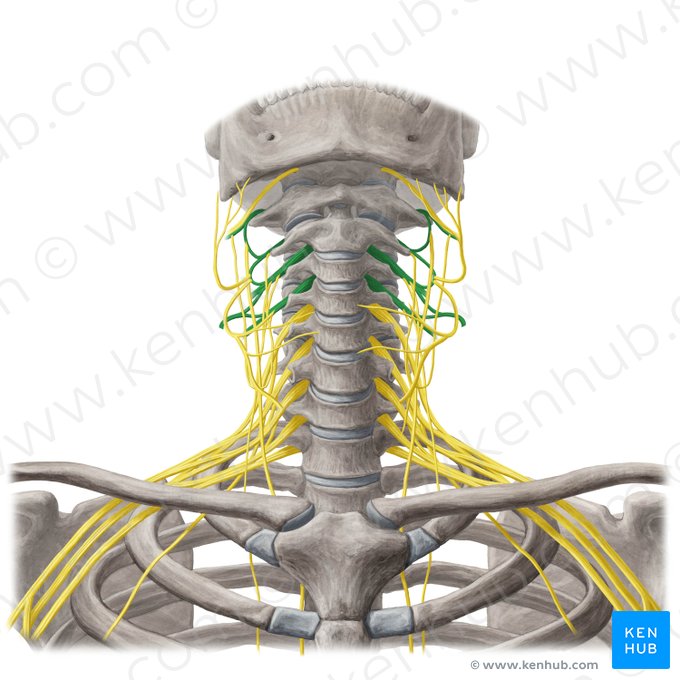
brachial plexus
C5-T1
major nerves: “rum in the am”
lumbar plexus
L1-L4
major nerves: ilioinguinal, obturator, femoral, genitofemoral
sacral plexus
L5-S4
dermatomes
area of skin supplied w/ sensory innervation by particular pair of spinal nerves
reflexes
rapid, predictable, involuntary motor responses to stimuli
autonomic reflexes
not under conscious control; activate smooth muscles, cardiac muscle, & glands; regulate digestion, BP, & salivation
somatic reflexes
stimulation of skeletal muscles & withdrawal response
motor tracts
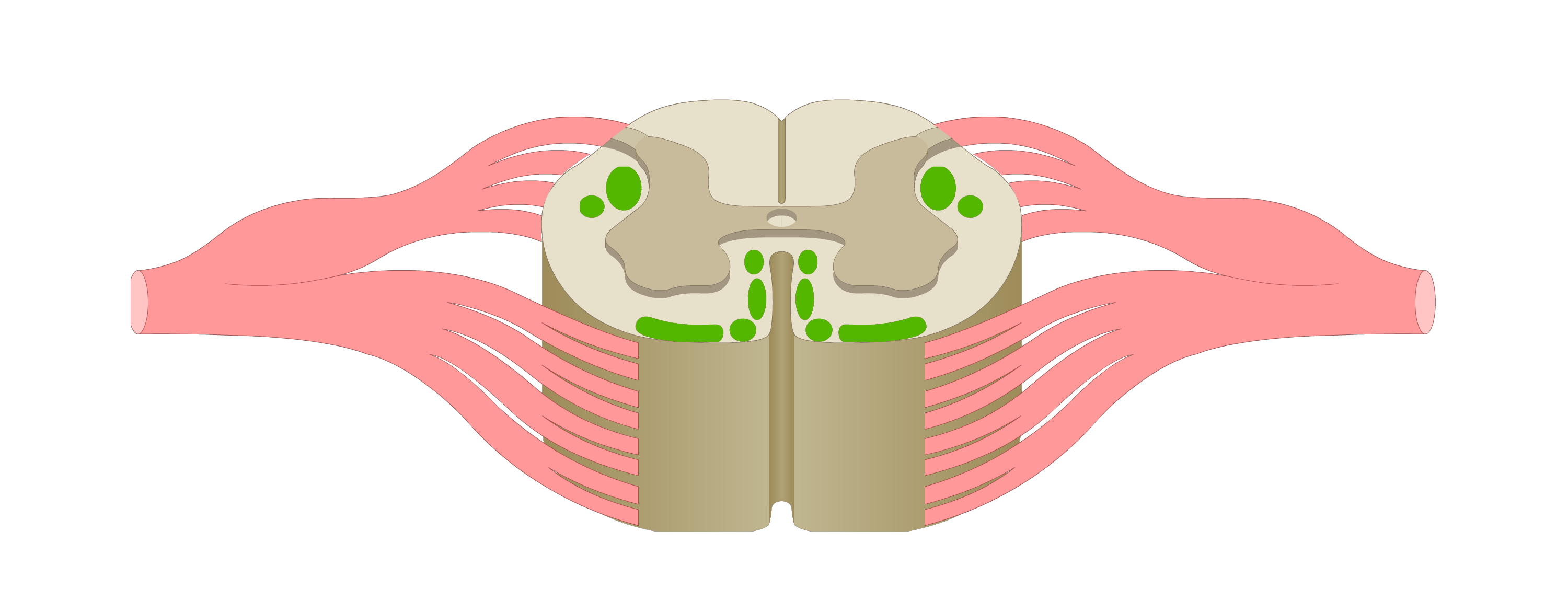
sensory tracts
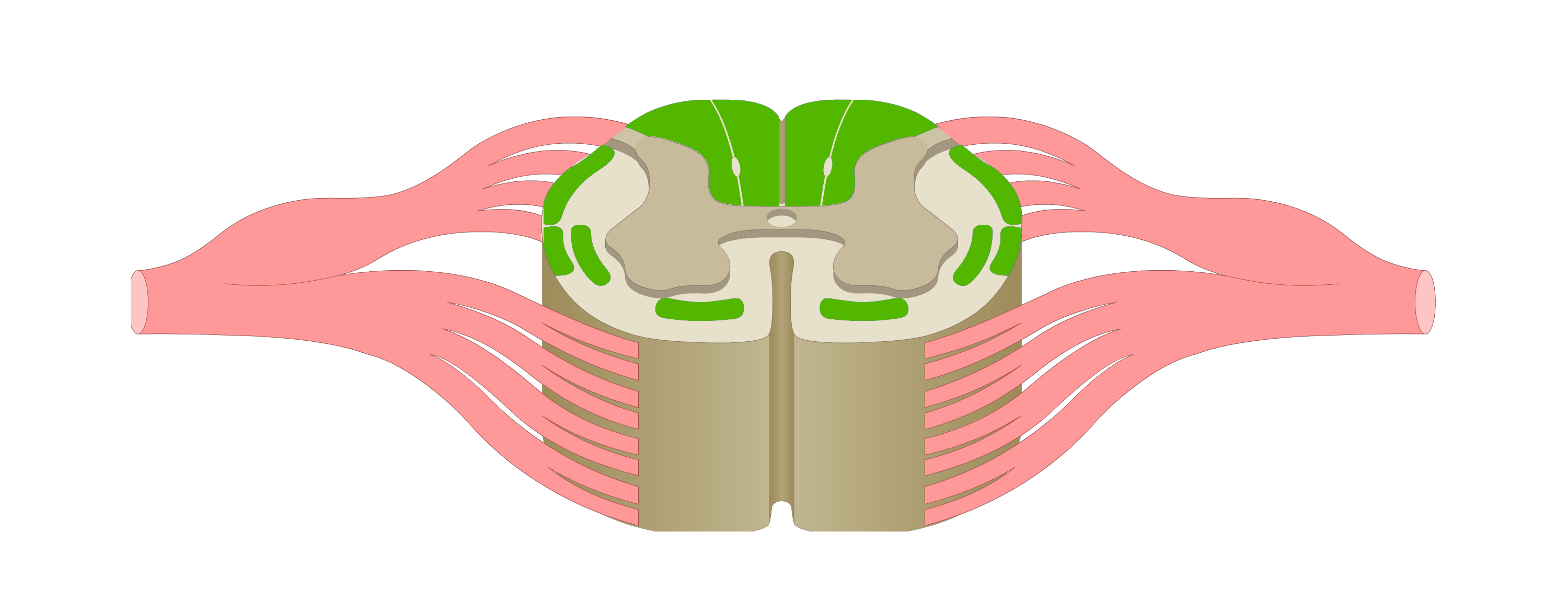
dorsal root ganglion
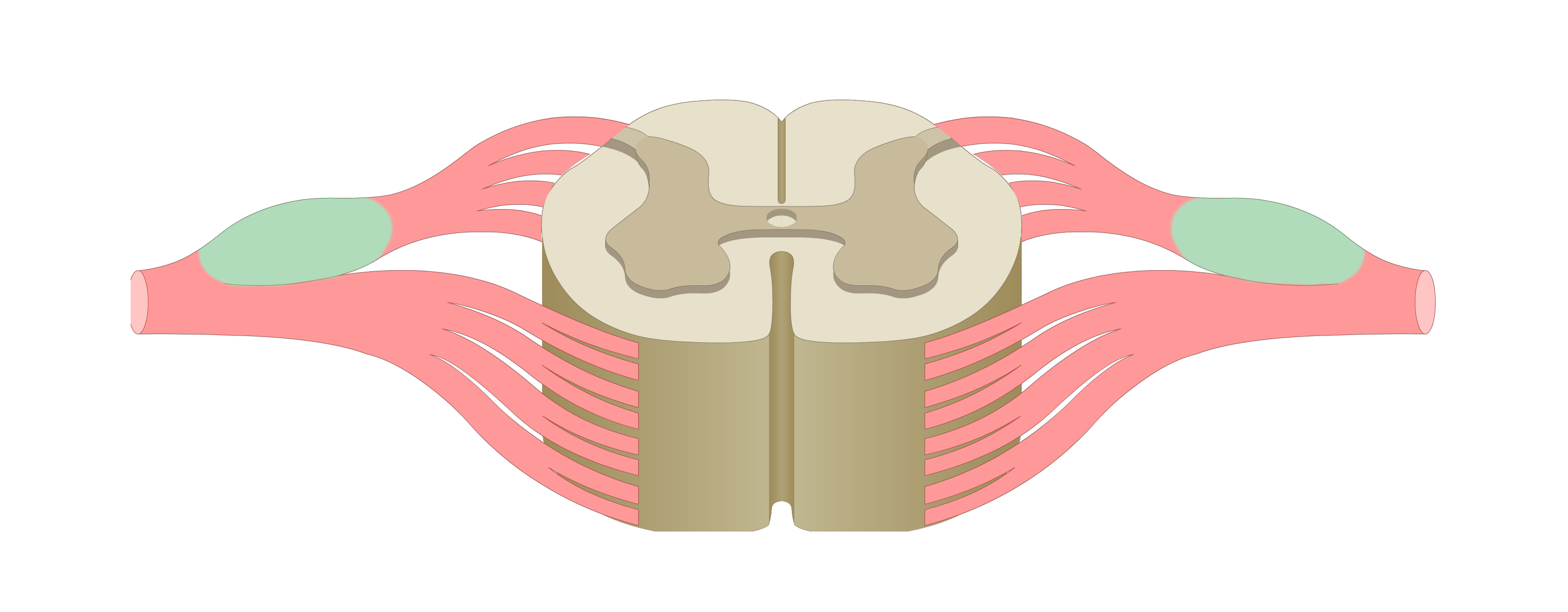
dorsal horn
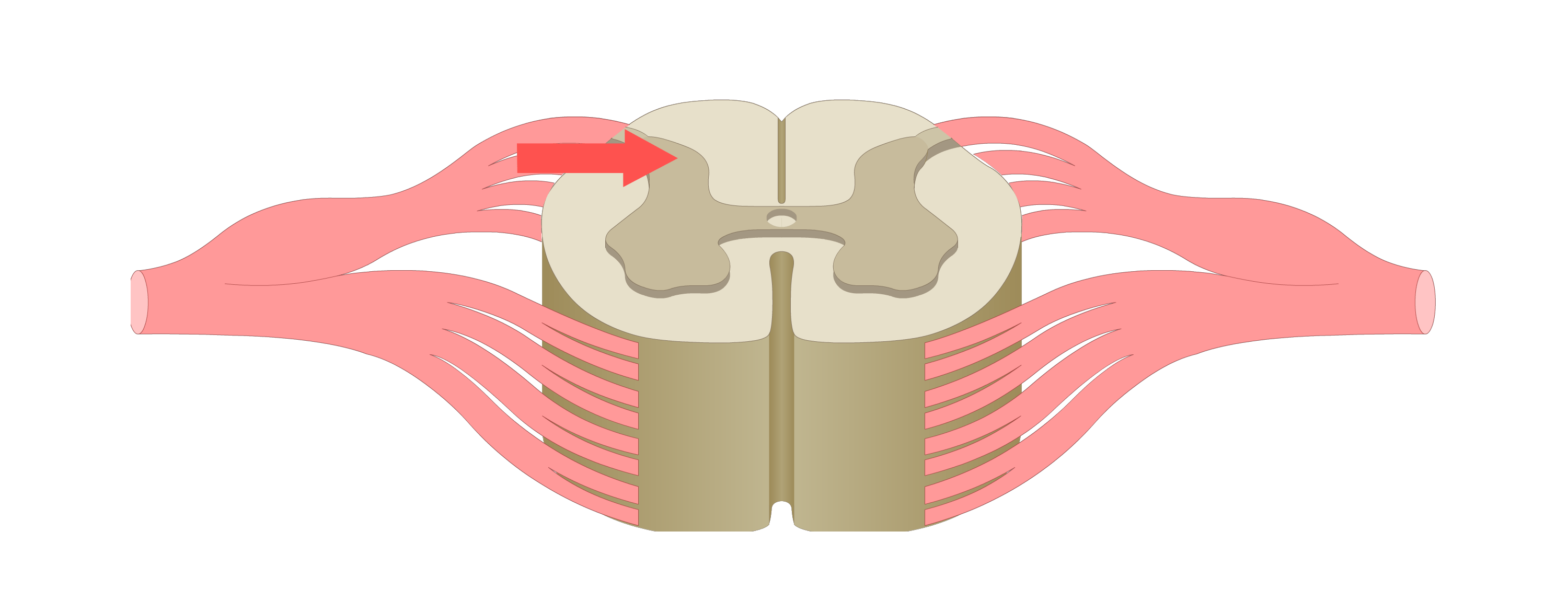
lateral horn
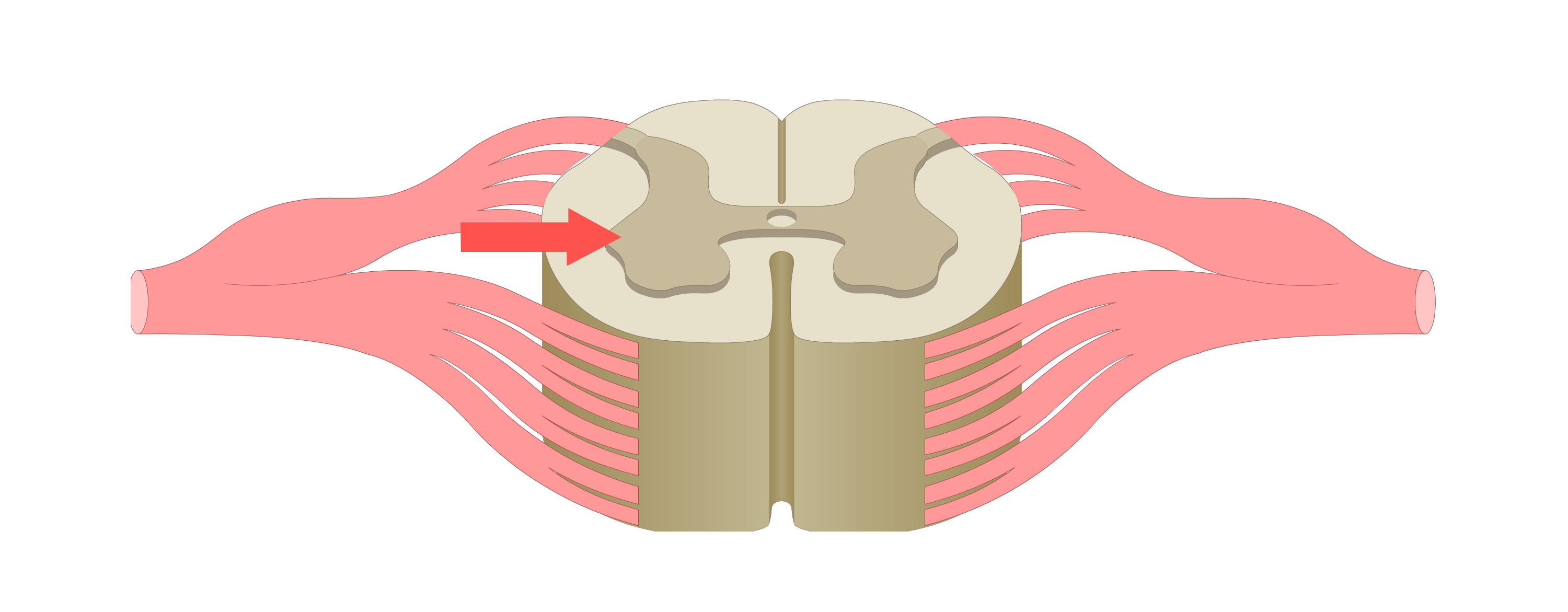
ventral horn
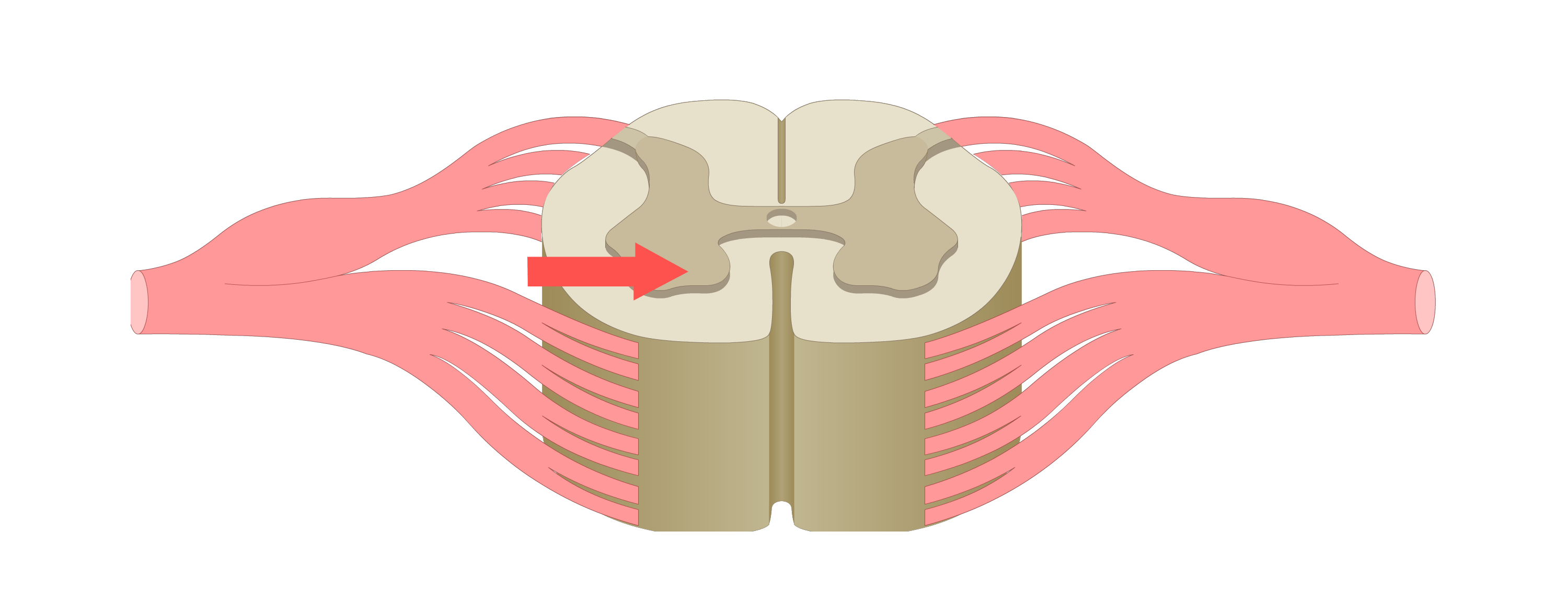
dorsal funiculus

lateral funiculus
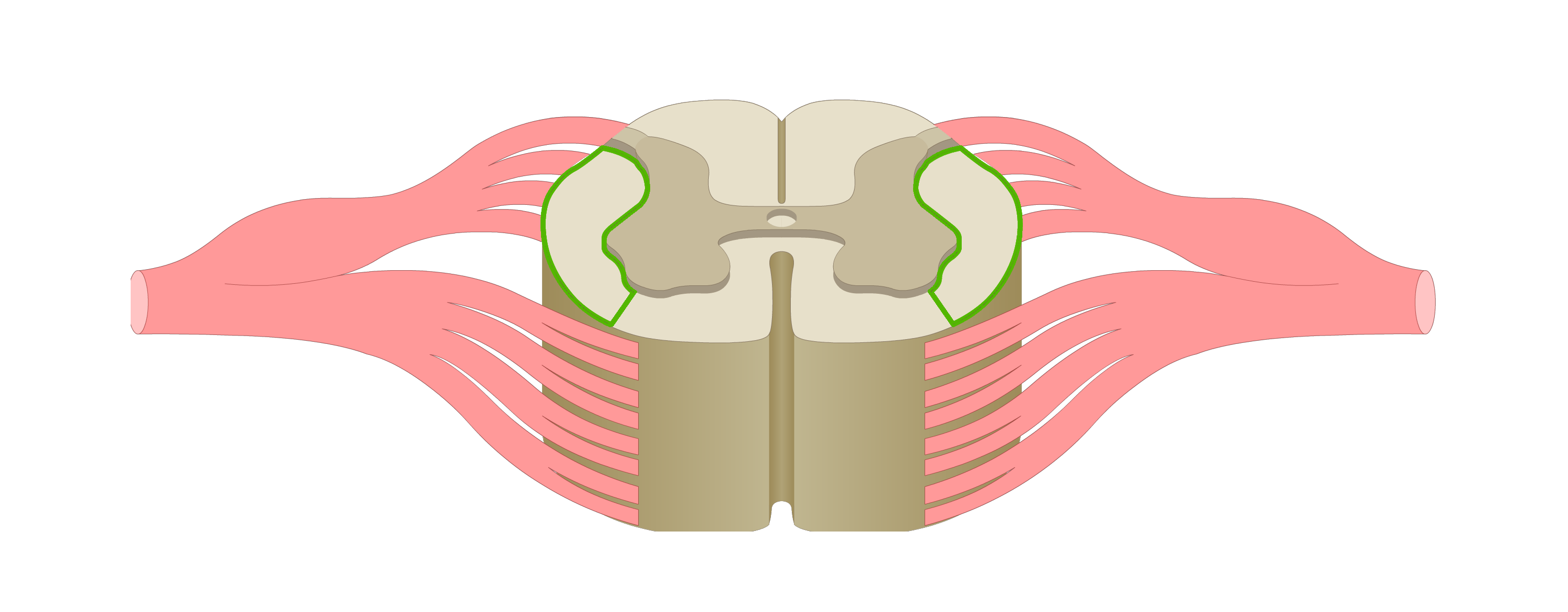
ventral funiculus
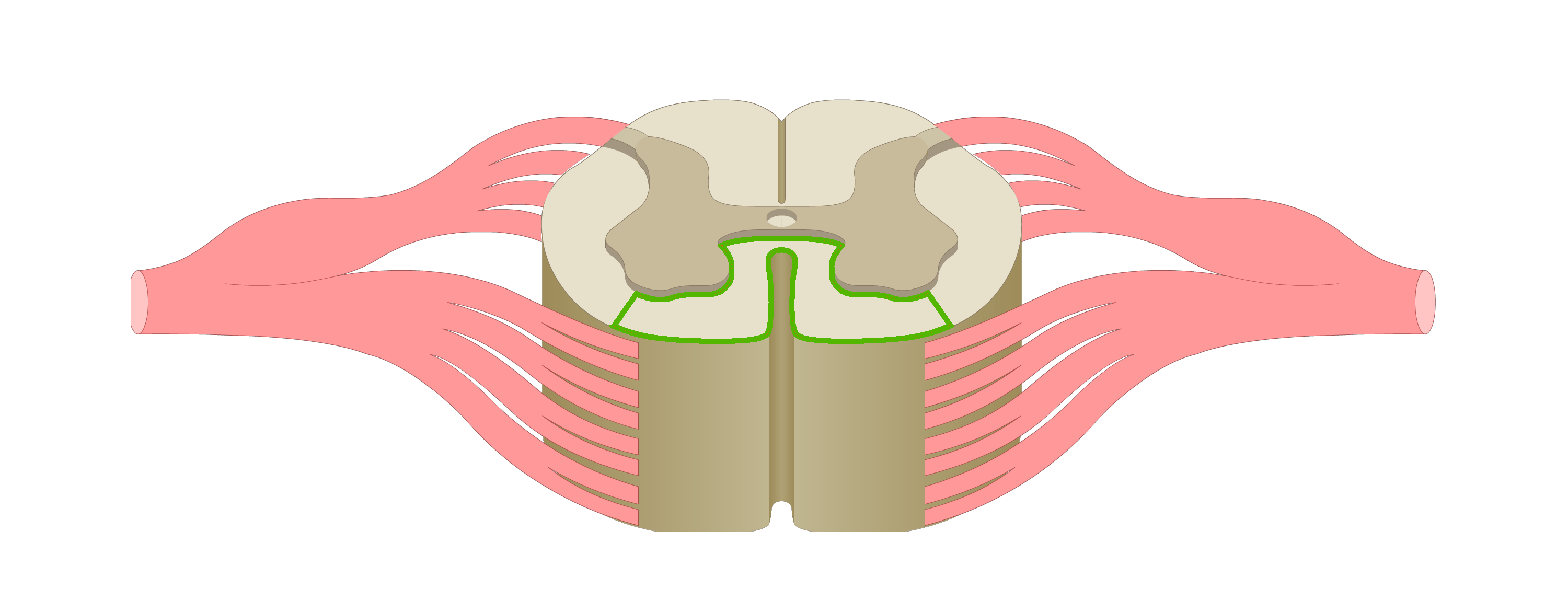
central canal
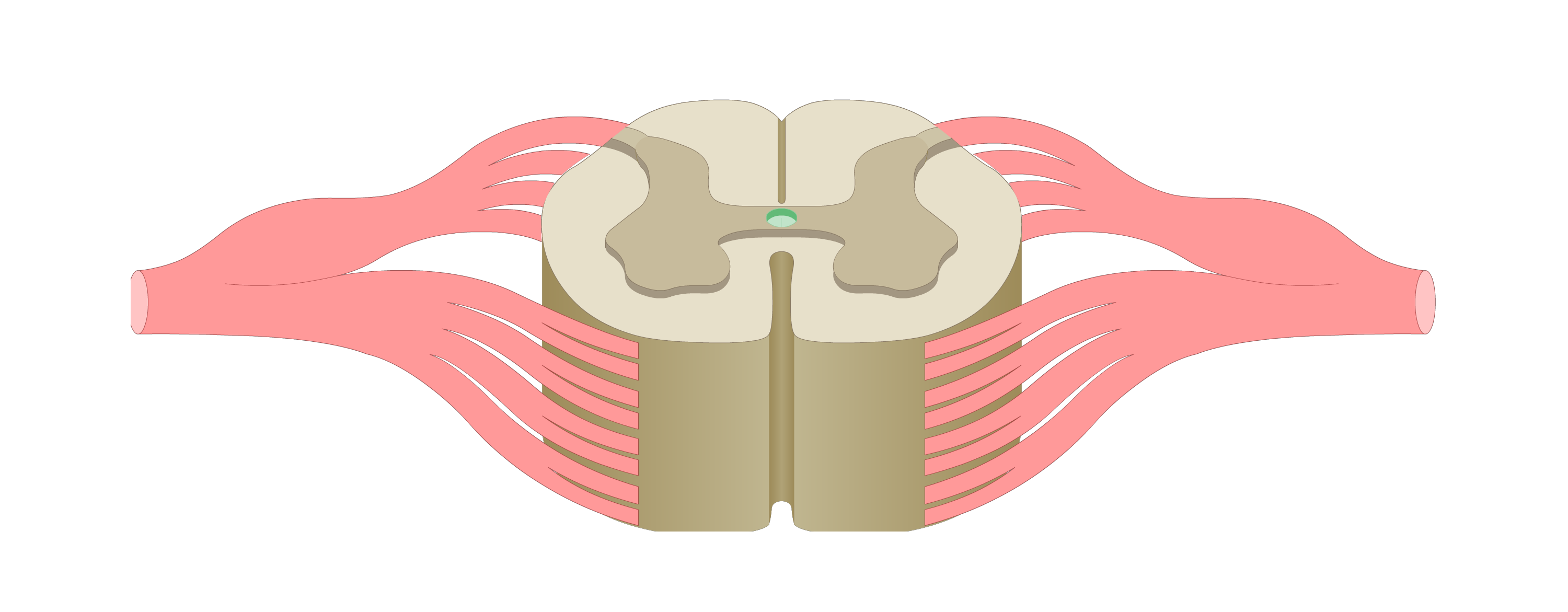
ventral median fissure

dorsal median sulcus
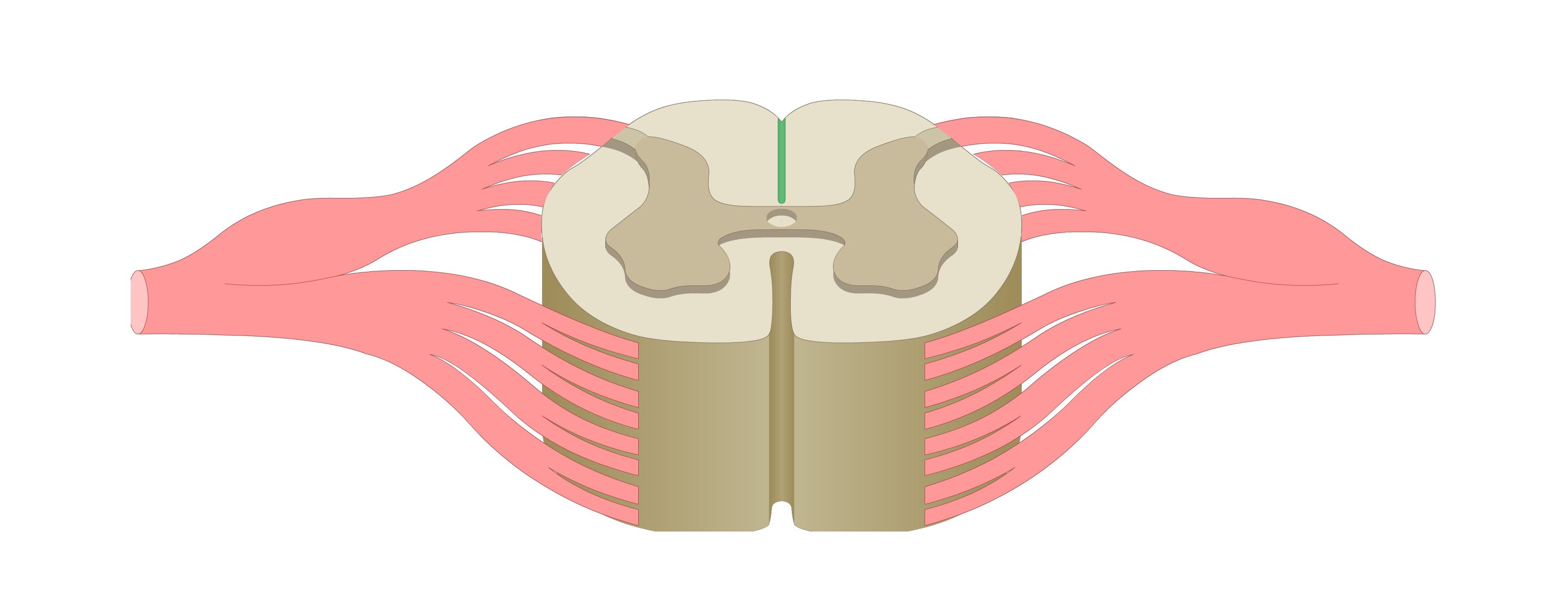
afferent neuron
carries sensory action potential from receptor to CNS
efferent neuron
carries motor action potentials from integration center to effector organ
control/integration center
single/multiple synapses bw sensory & motor neurons; always in CNS
exteroceptors
located on surface of body & respond to external stimuli
interoceptors
located internally, respond to internal stimuli (temp, stretching, & chem level changes)
proprioceptors
located in skeletal muscles, tendons, ligaments, & CT coverings; respond to being stretched and send messages to brain about movements & position (“aware” of position & movement)
mechanoreceptors
stimulated by mechanical force (stretch, vibration, pressure, itch)
thermoreceptors
respond to temperature changes
photoreceptors
respond to light (retina)
chemoreceptors
stimulated by chemicals/chemical level changes, special senses of smell & taste
osmoreceptors
detect chemistry of blood (pH, CO2 , O2 )
nocireceptors
pain receptors, respond to tissue damage
gustation
taste buds are main taste sense organs
fungiform
“mushroom-shaped”, scattered all over surface of tongue & contain most of taste buds
circumvallate
“round shaped”, largest, but least numerous of papillae, found near back of tongue & arranged in V shape
filiform
“filamentous”, mechanical function (no taste buds)
supportive cells
form bulk of taste bud & help insulate & support the other cells
gustatory cells (taste cells)
respond to food chemical stimulants, their microvilli (gustatory hairs) are sensitive & extend into taste pores on tongue
basal cells (stem cells)
divide & differentiate into new gustatory cells, important since taste buds cells are subjected to friction & burning, replaces taste cells in 1 week
salty
due to metals/salts Na+
sour
due to acids H+
sweet
due to organic substances (sugars, alcohols)
bitter
due to alkaloids
umami
elicited by amino acids-glutamate; responsible for beefy taste of beef & tanginess of aged cheese
olfaction
smell
olfactory cells
specialized chemoreceptors which react to ordorants
pathway 1
thru thalamus to piriform of olfactory fortex & uncus of temporal lobes
pathway 2
subcortical limbic system (hypothalamus & amygdala) - trigger emotions & memories
olfaction tests
sniff aromatic volatile substance (coffee, vanilla, lavender)
gustation tests
sweet, sour, salty, & bitter tests
segmental branches
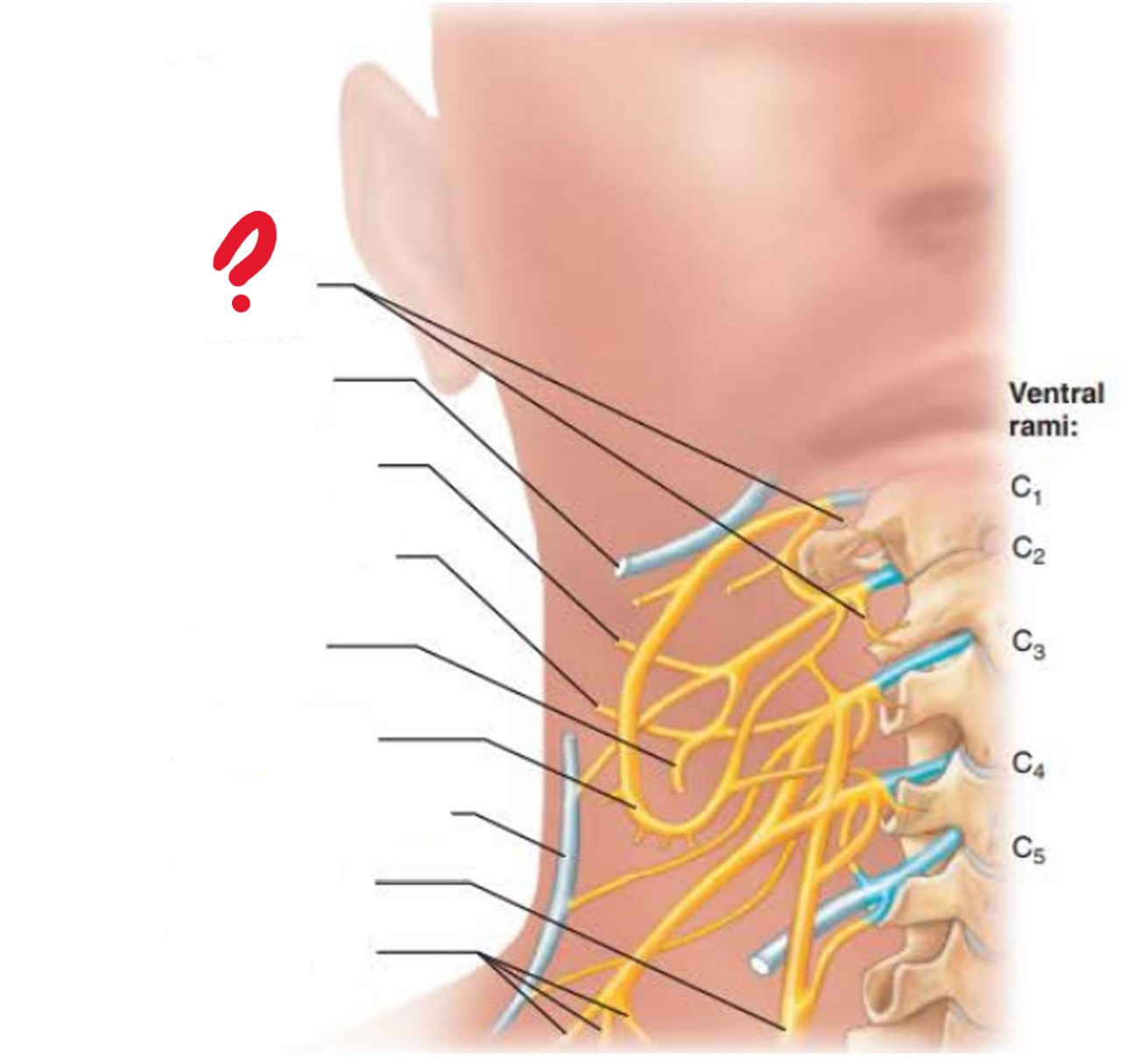
hypoglossal nerve (12)
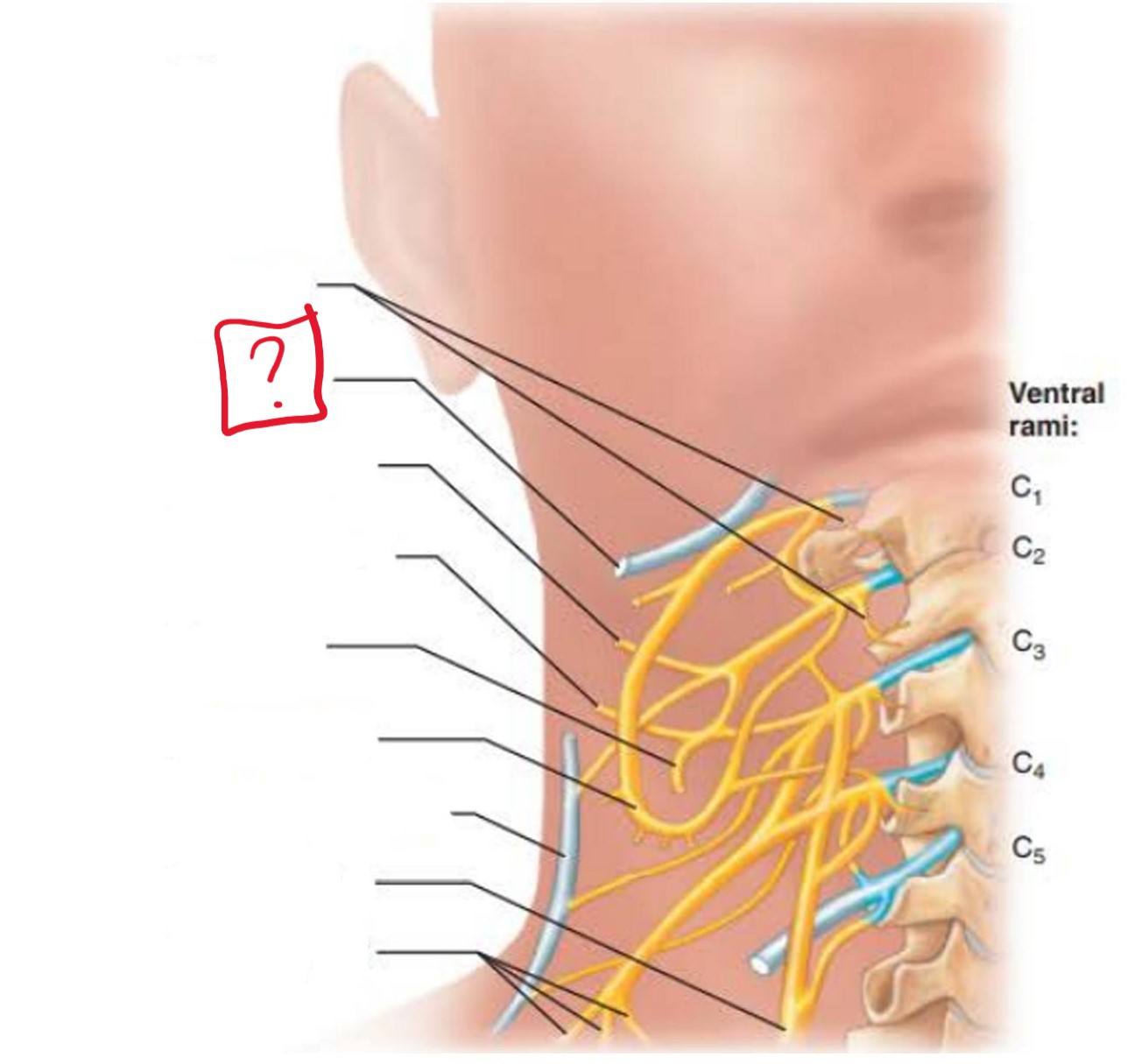
lesser occipital nerve

greater auricular nerve
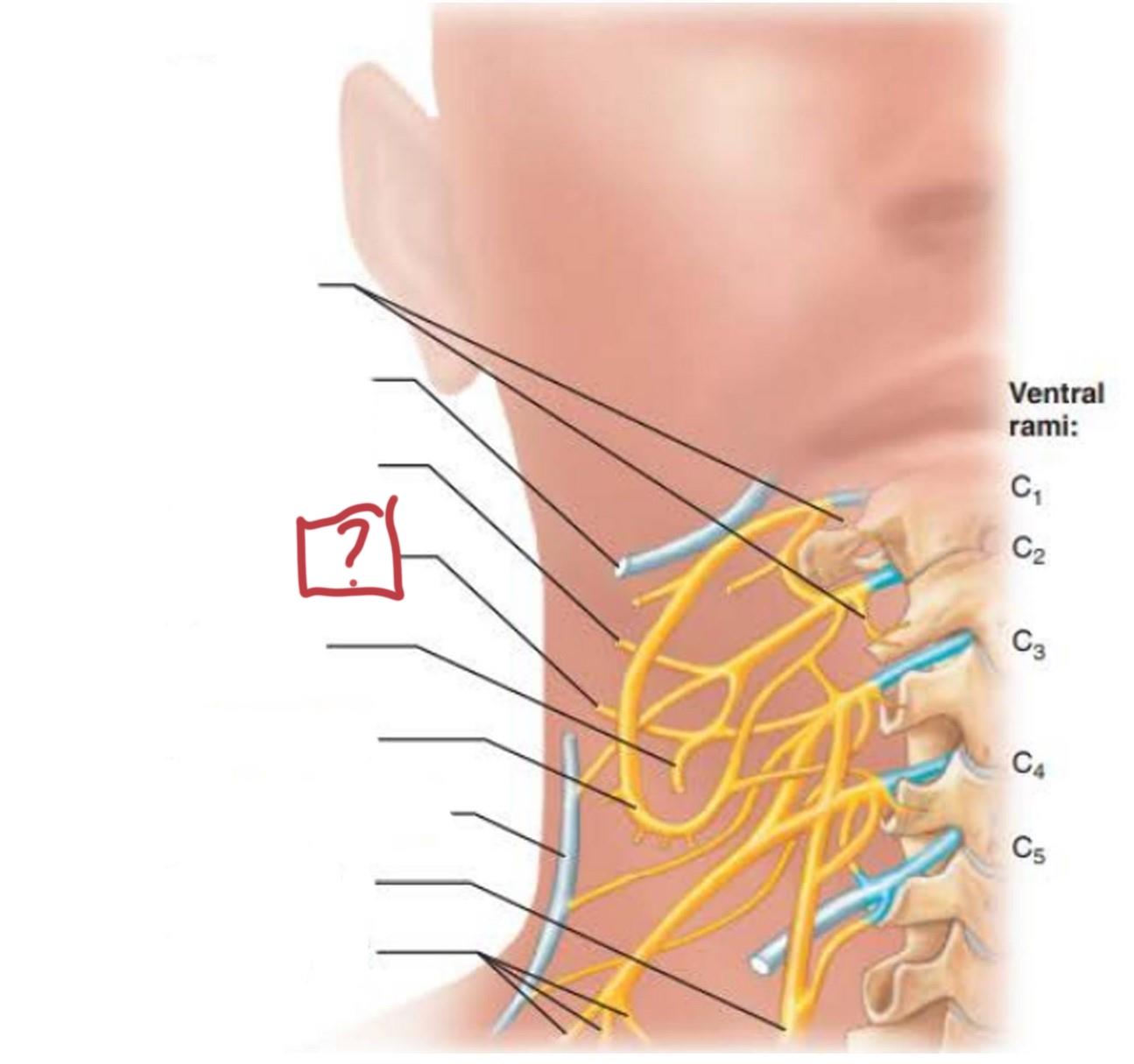
transverse cervical nerve

ansa cervicalis
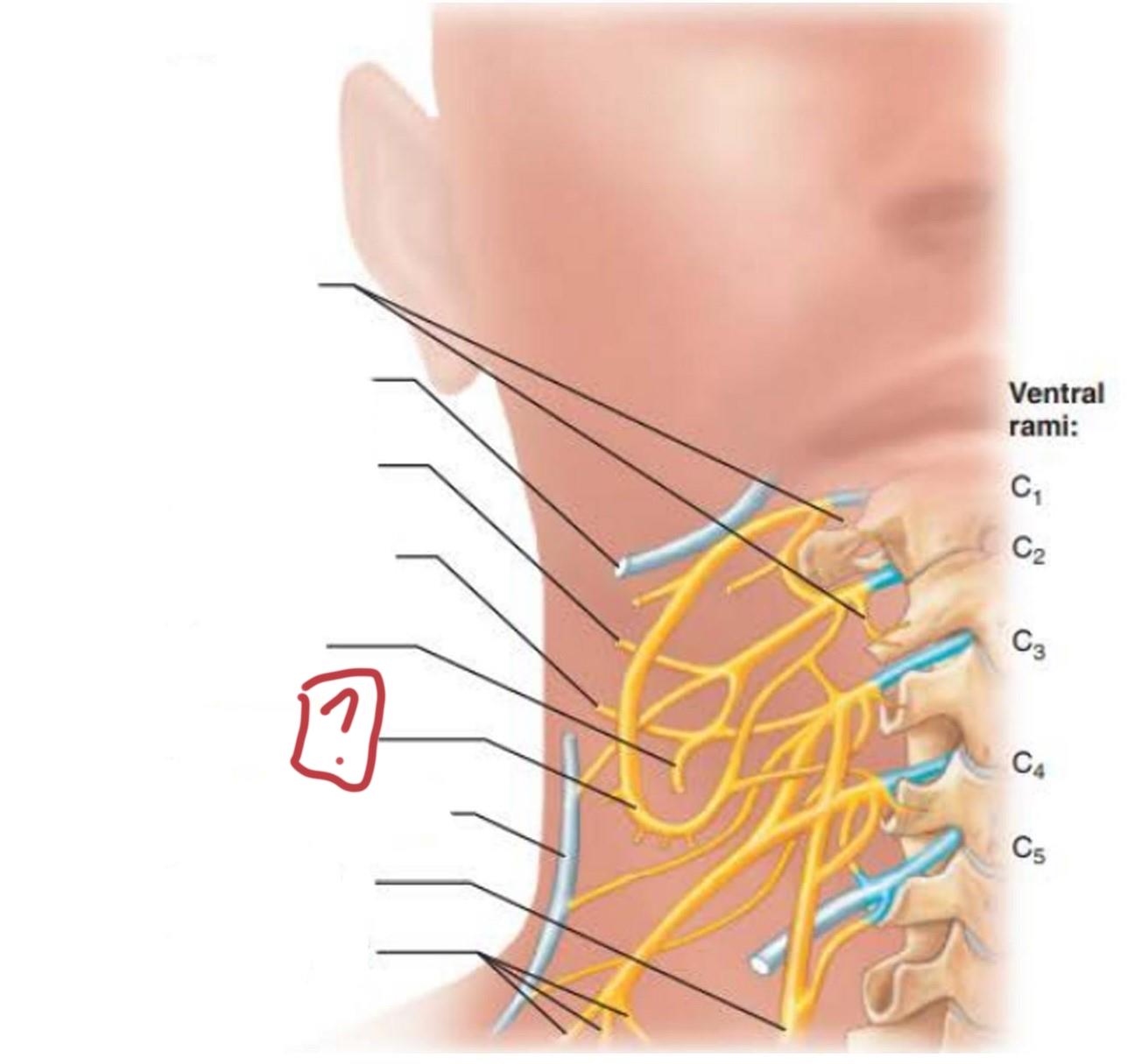
accessory nerve (11)
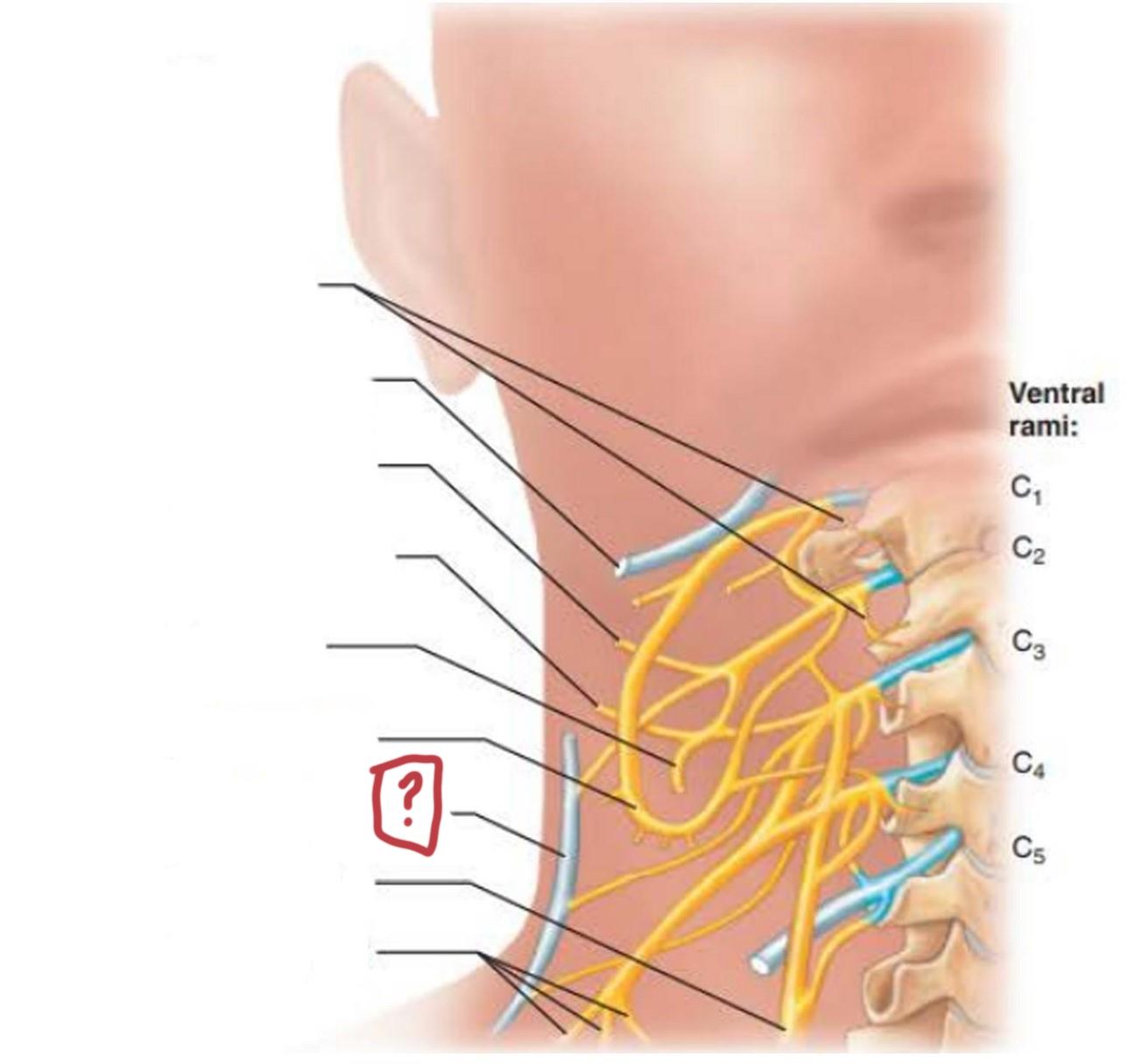
phrenic nerve
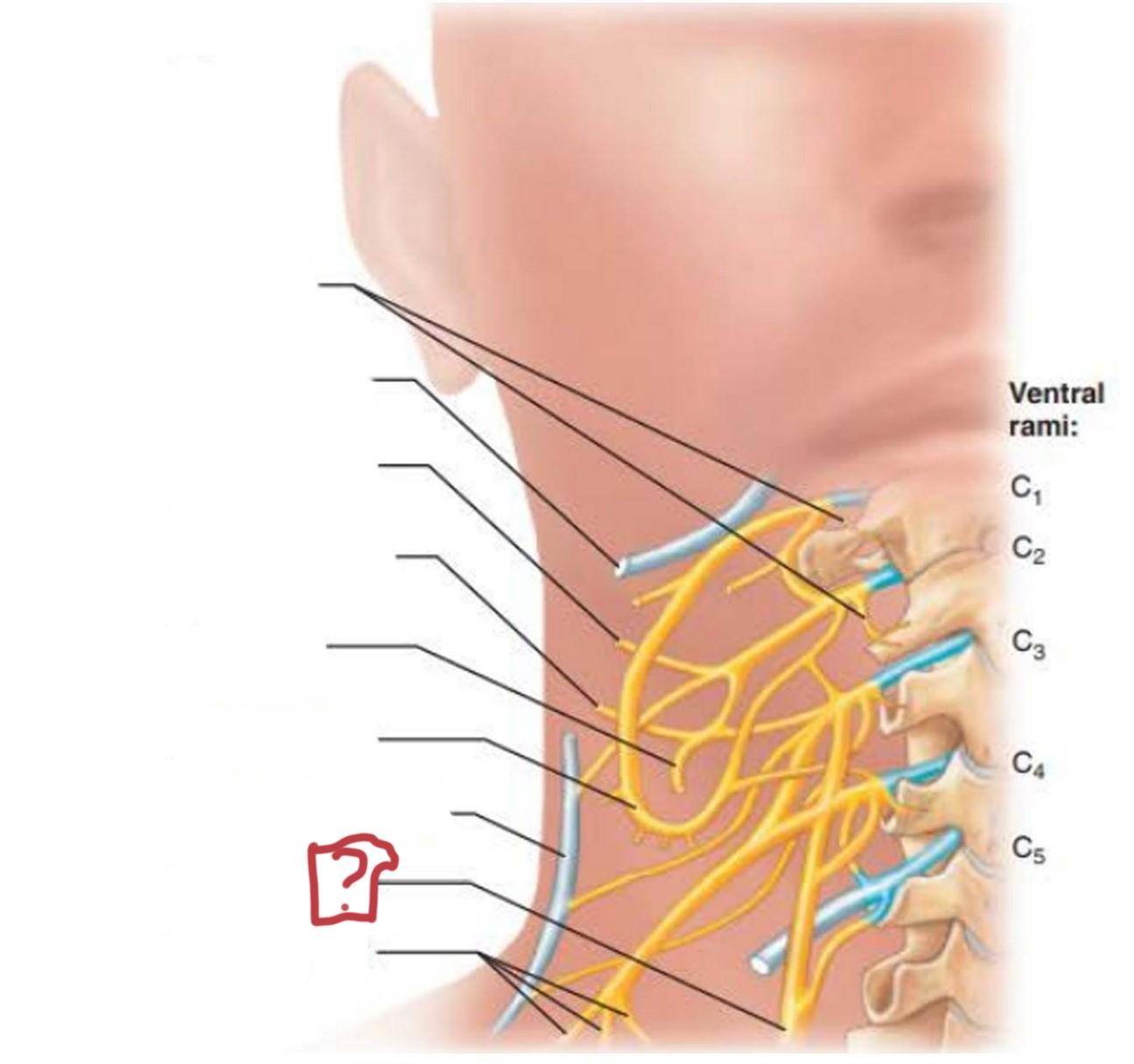
supraclavicular nerves
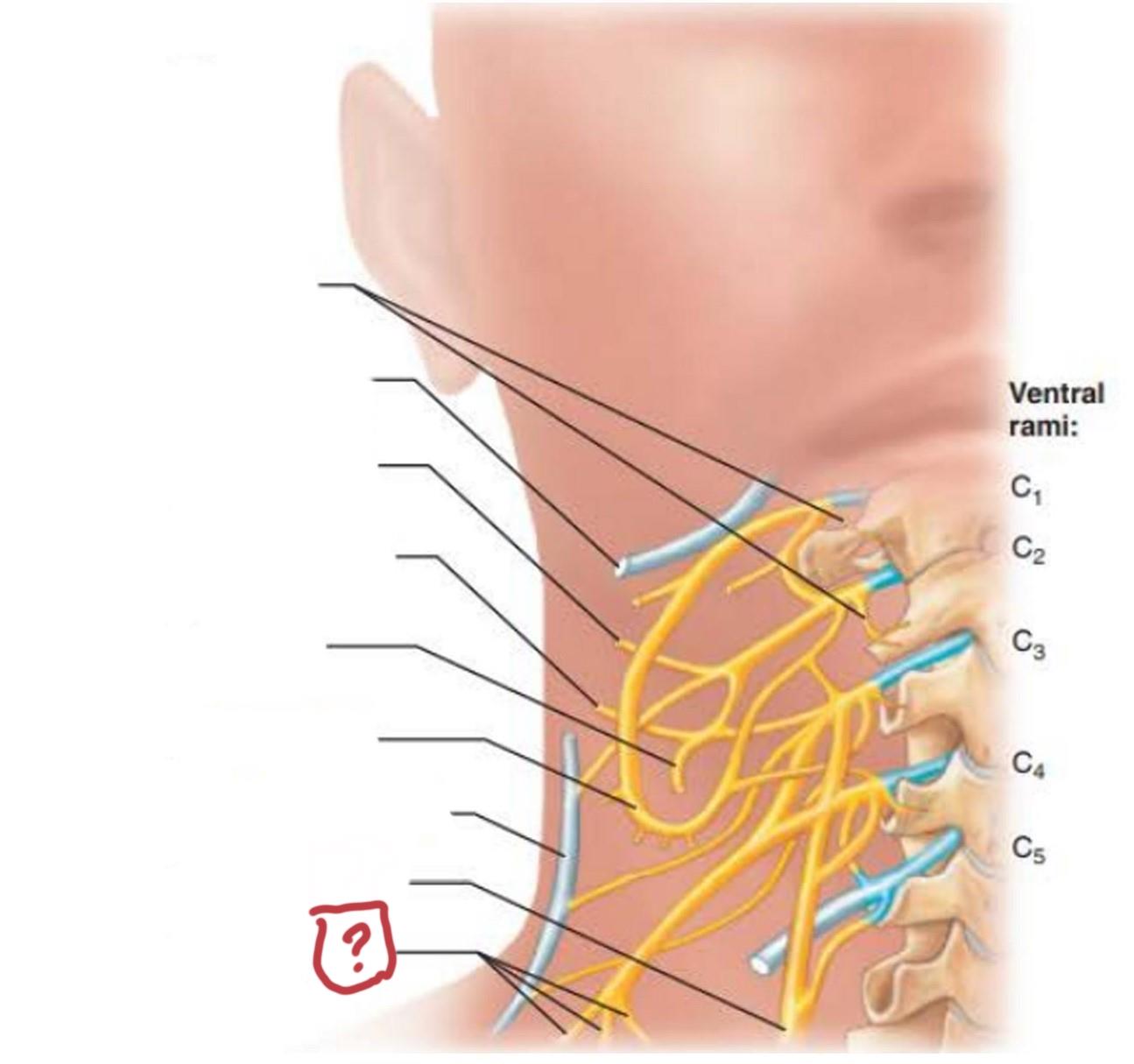
axillary nerve
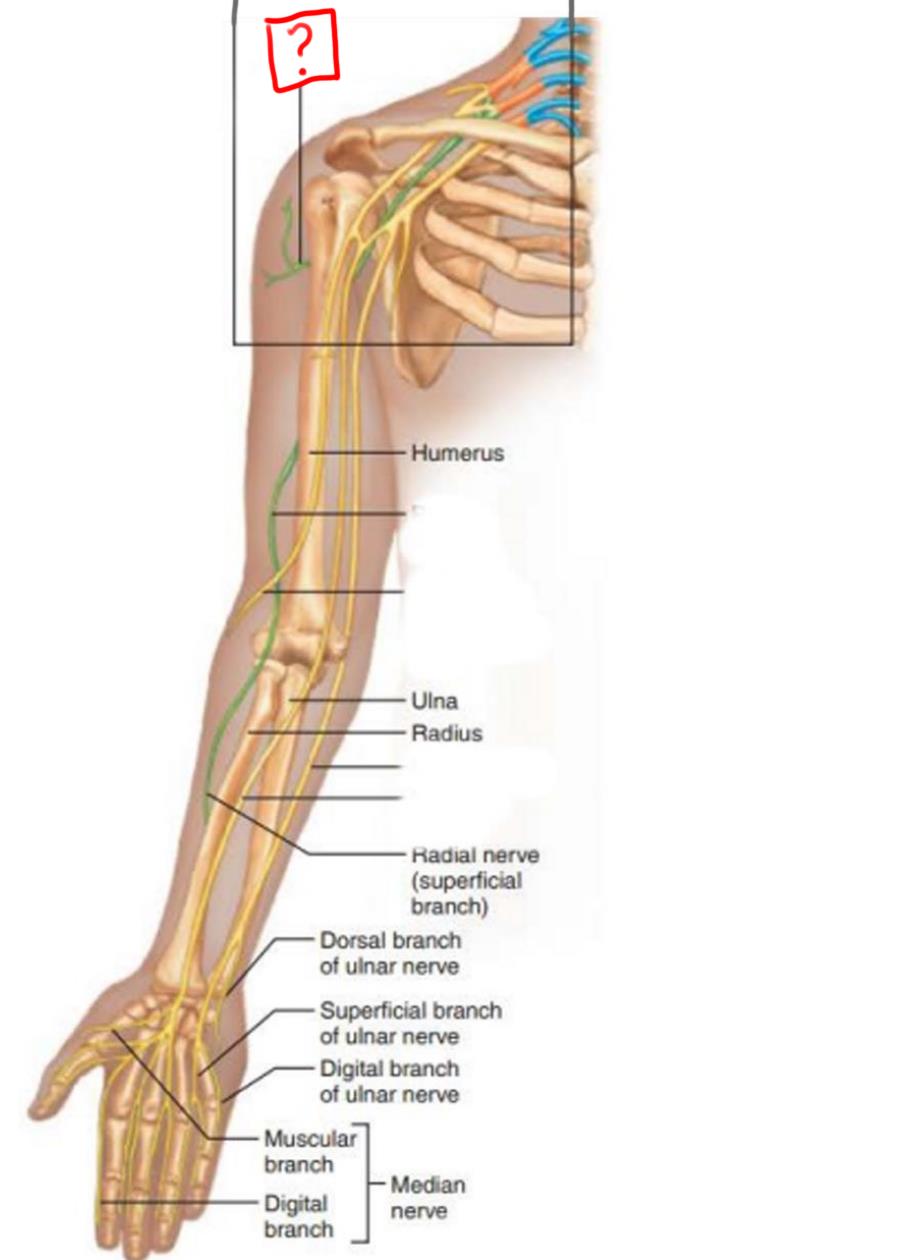
radial nerve
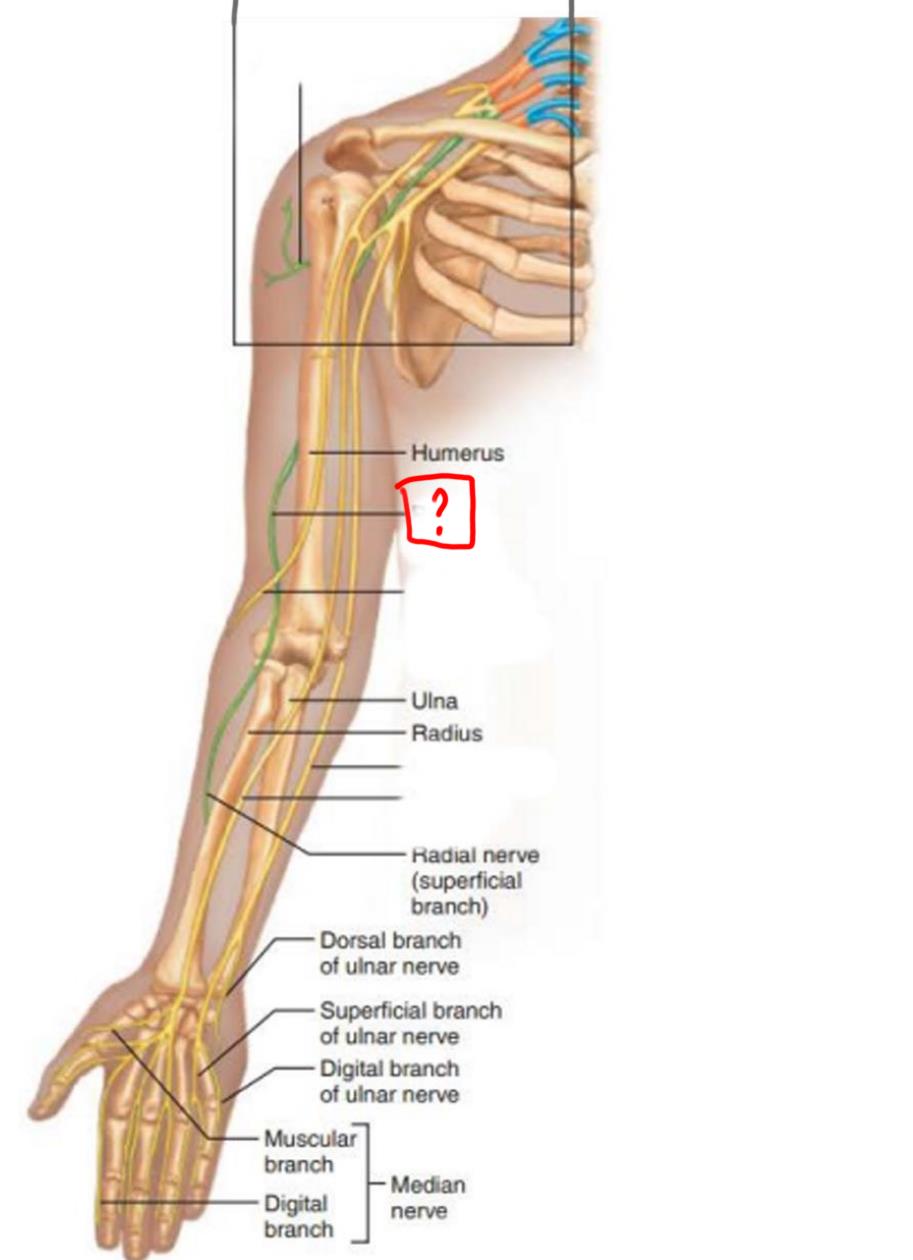
musculocutaneous nerve
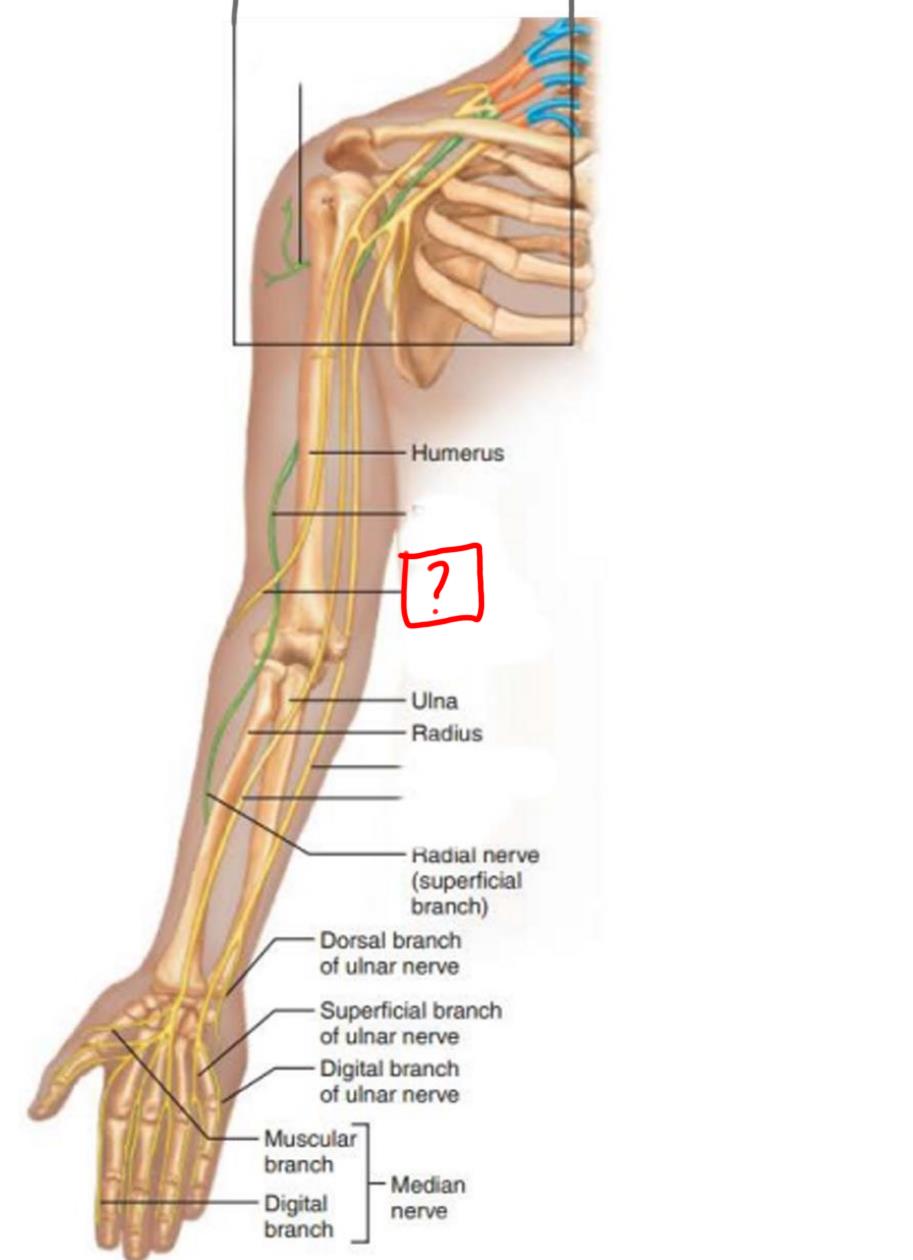
ulnar nerve
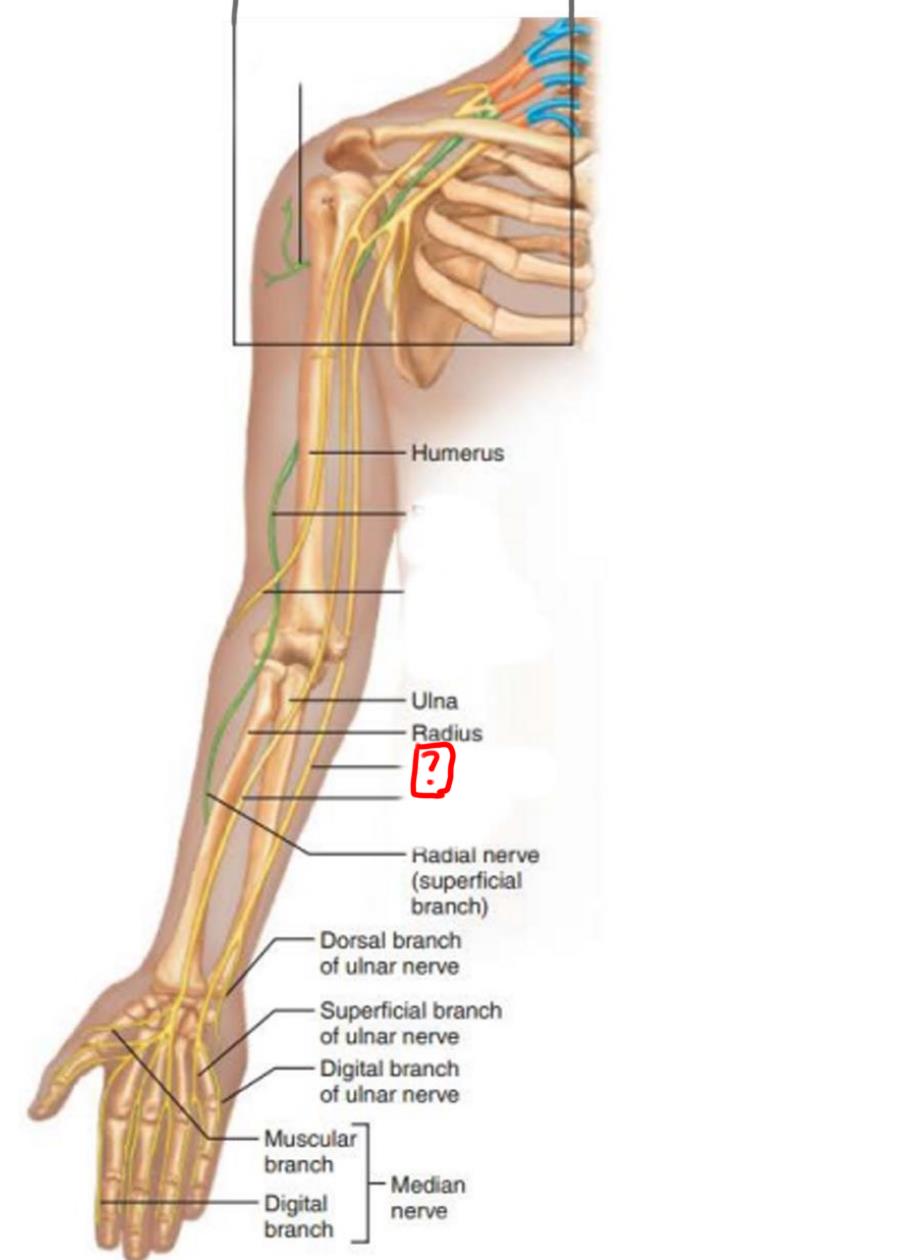
median nerve
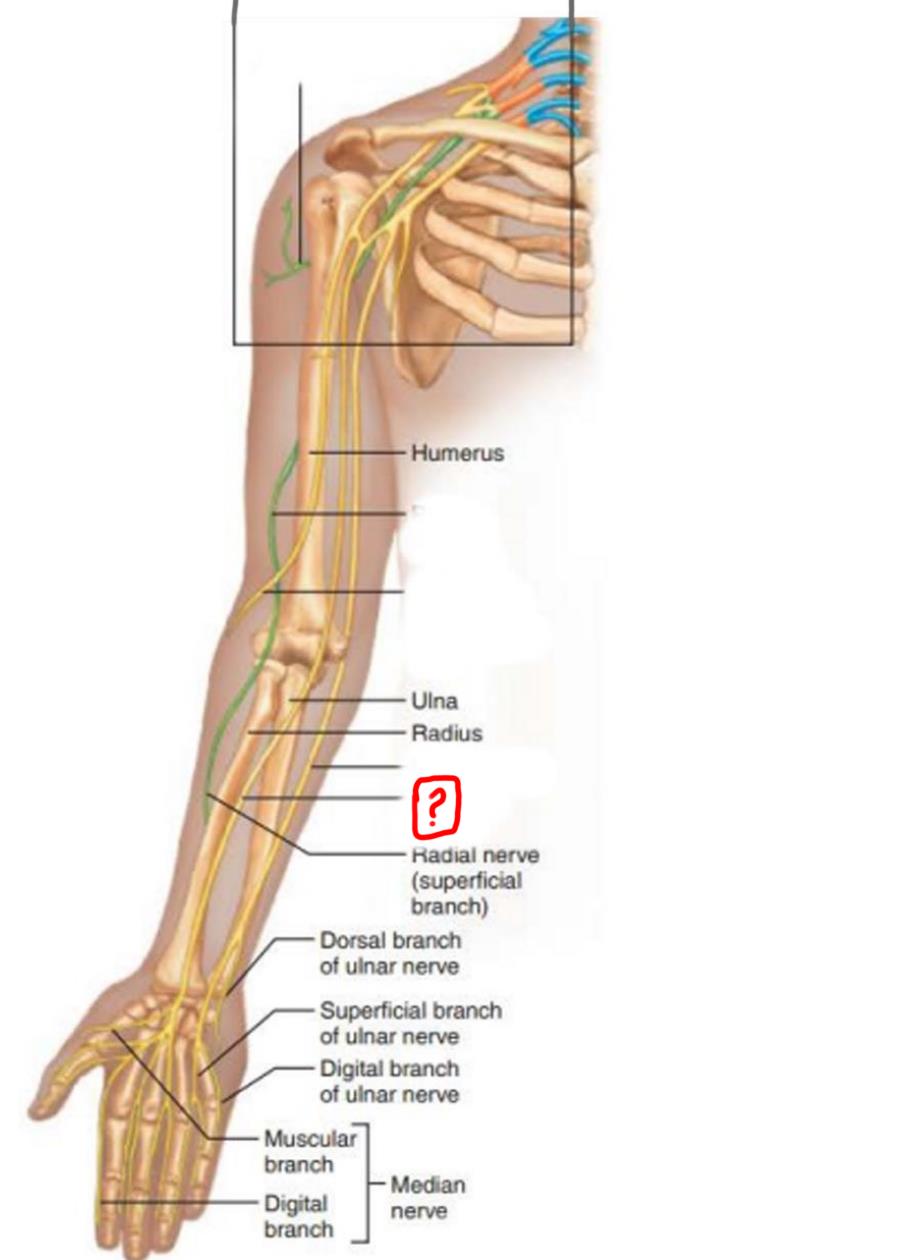
iliohypogastric
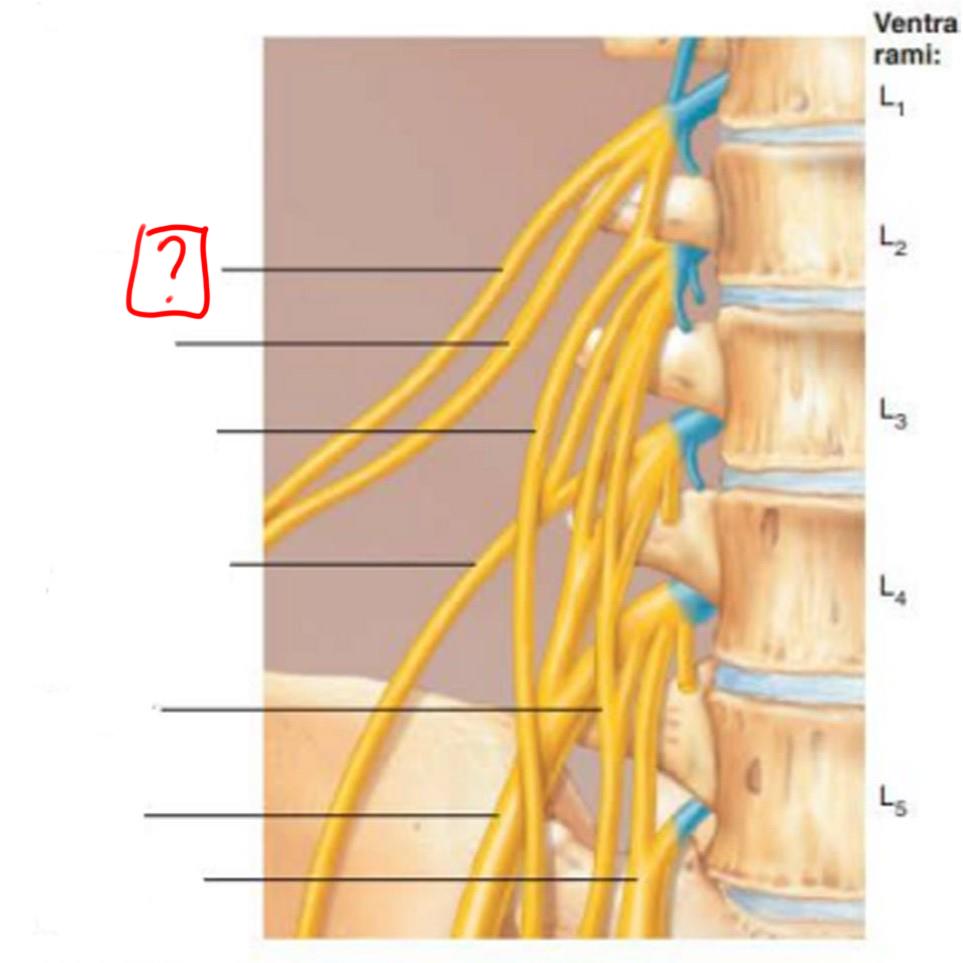
ilioinguinal
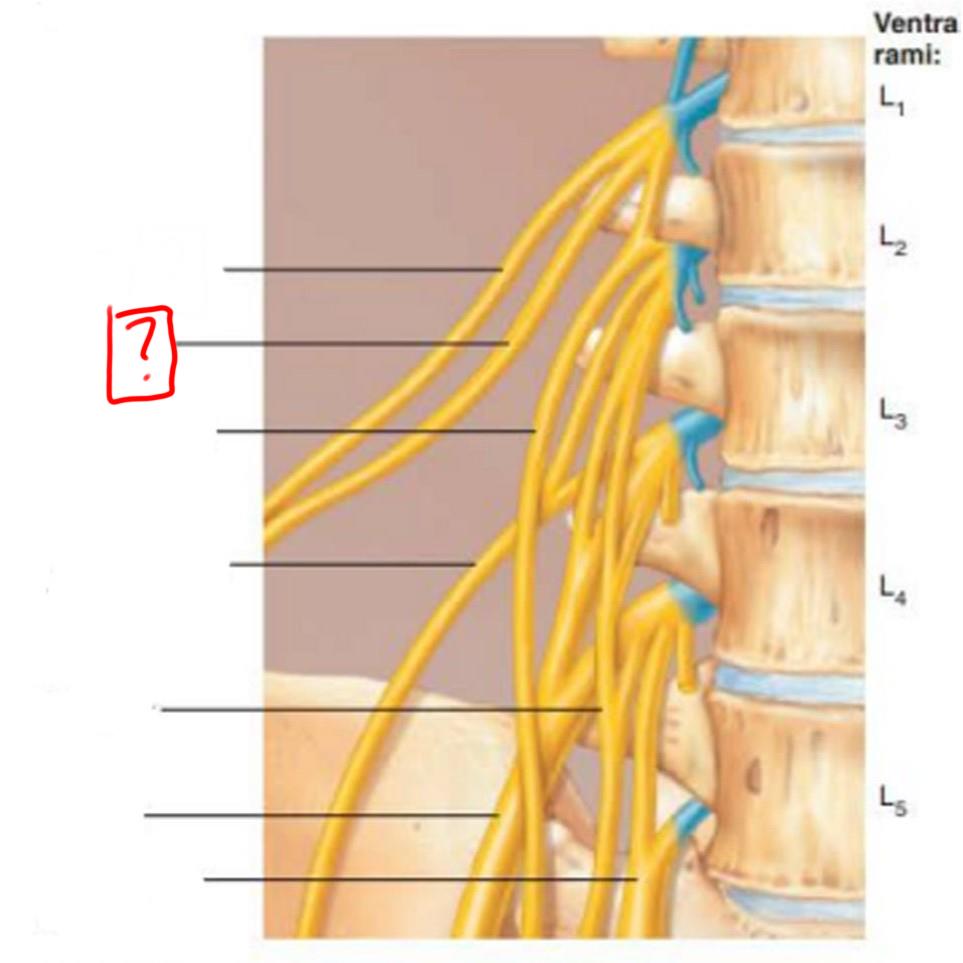
genitofemoral
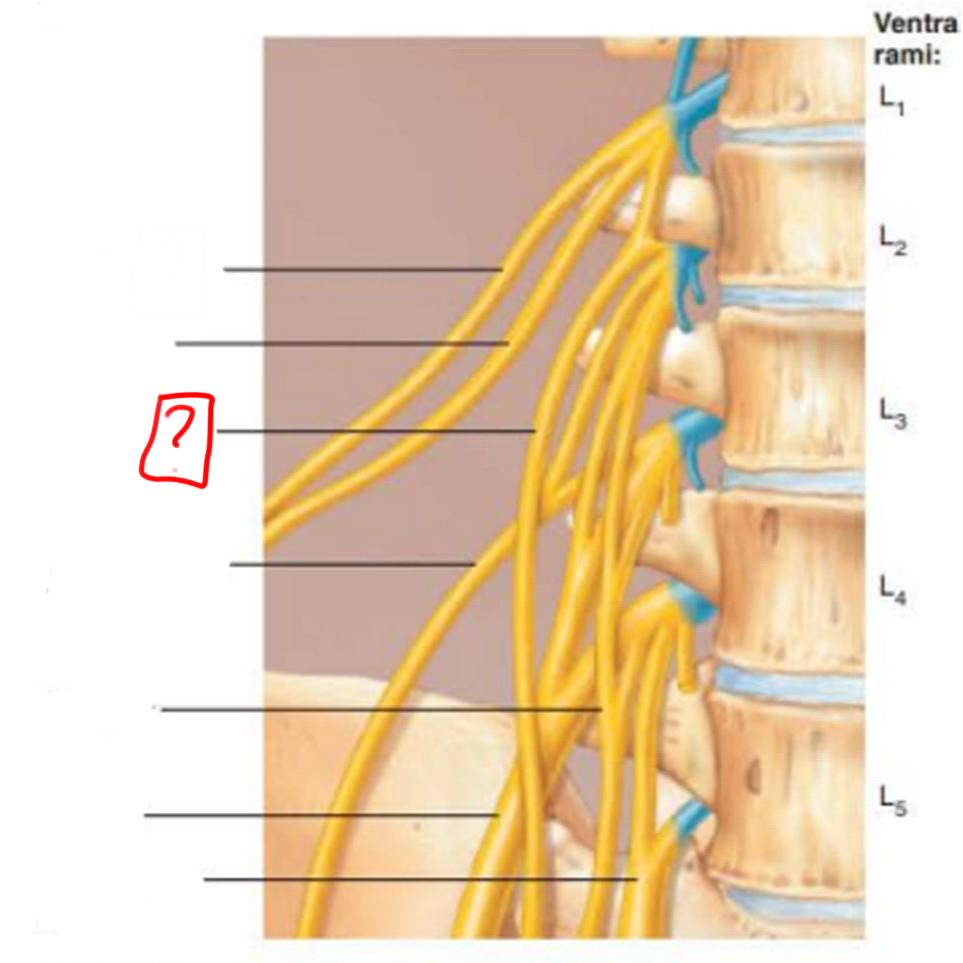
lateral femoral cutaneous

obturator
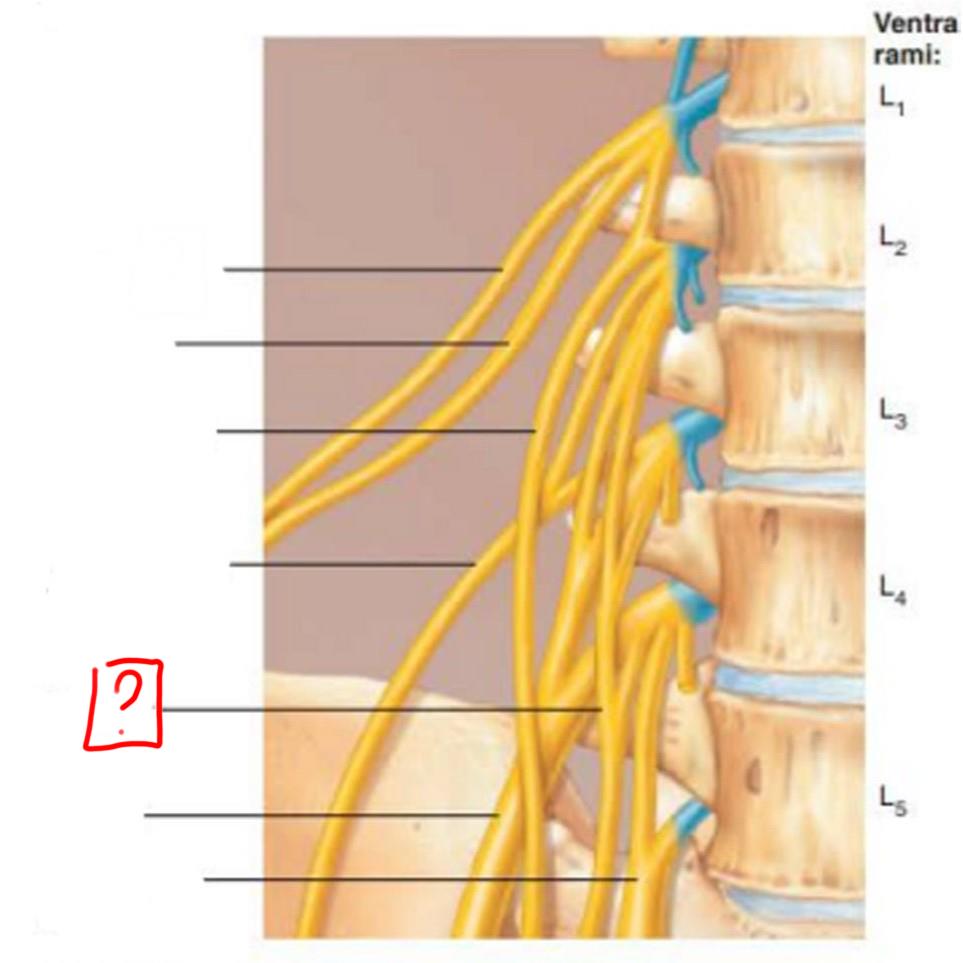
femoral

lumbosacral trunk
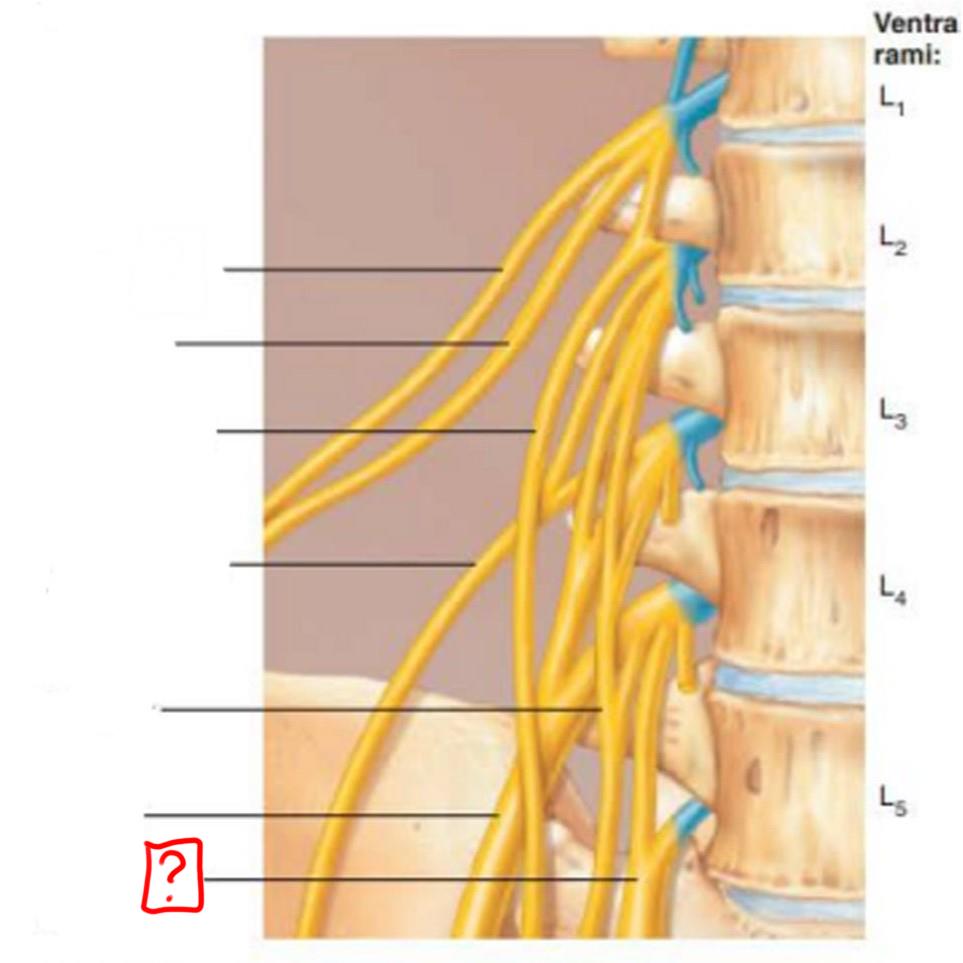
iliohypogastric
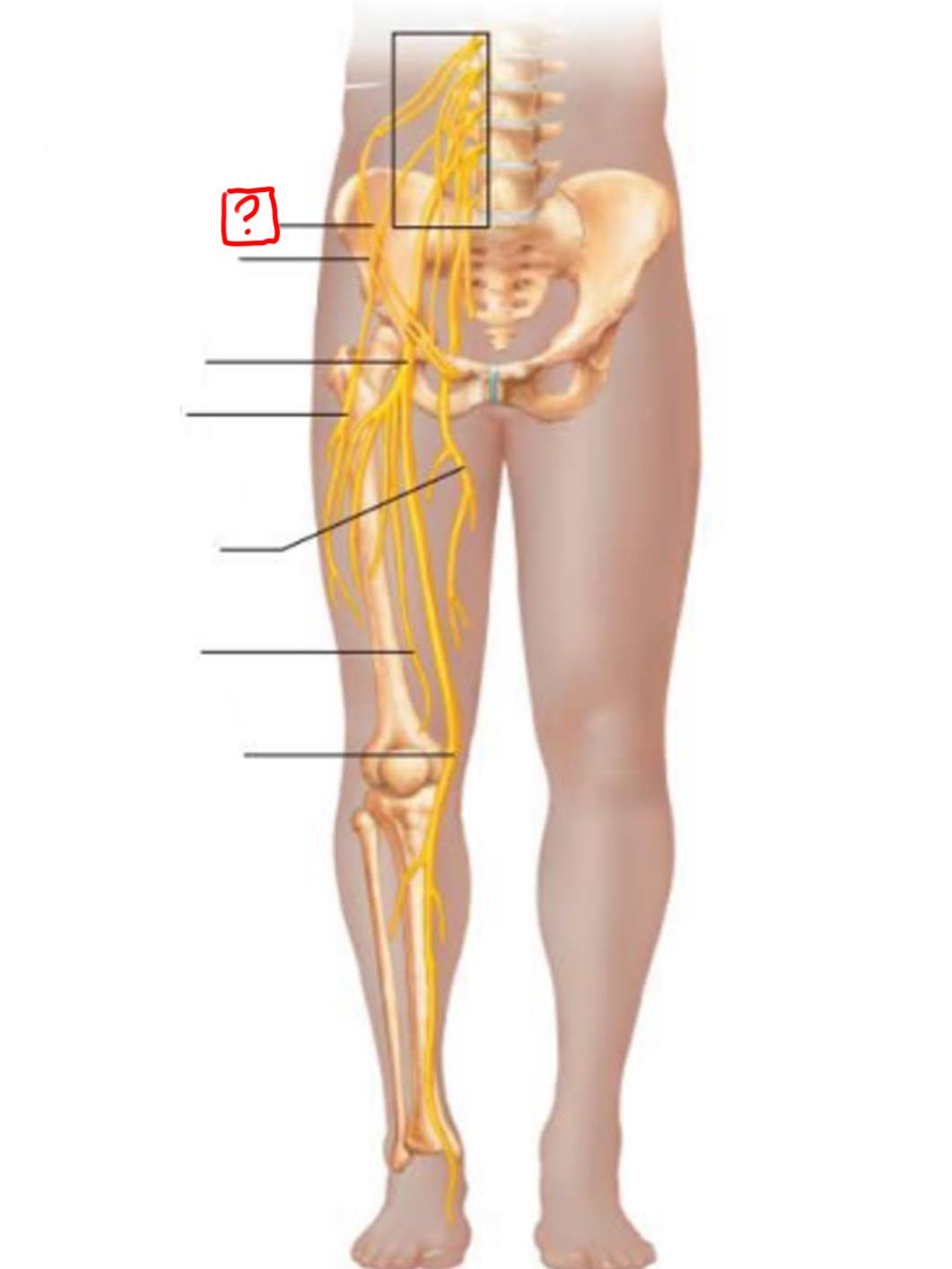
ilioinguinal

femoral
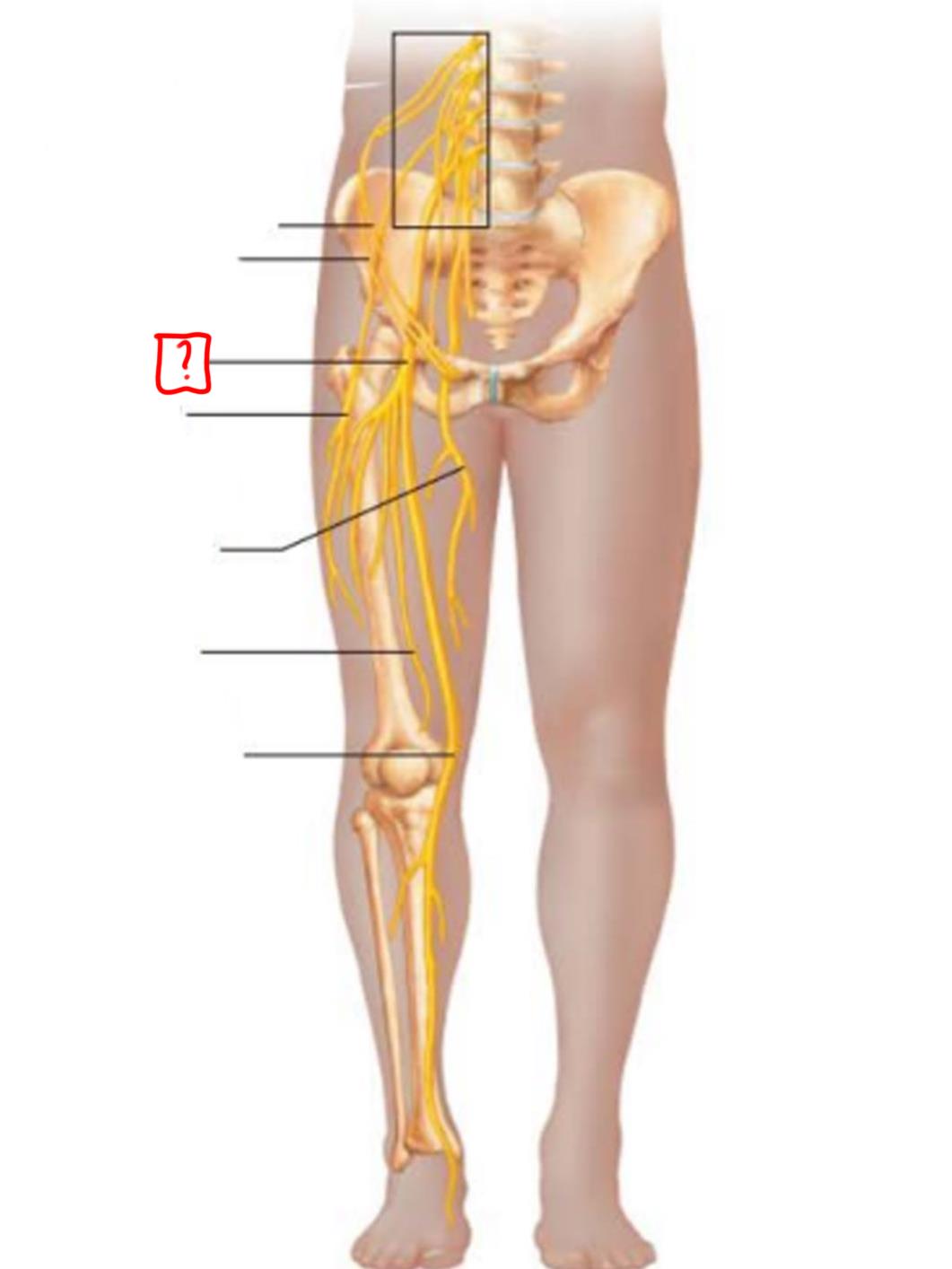
lateral femoral cutaneous
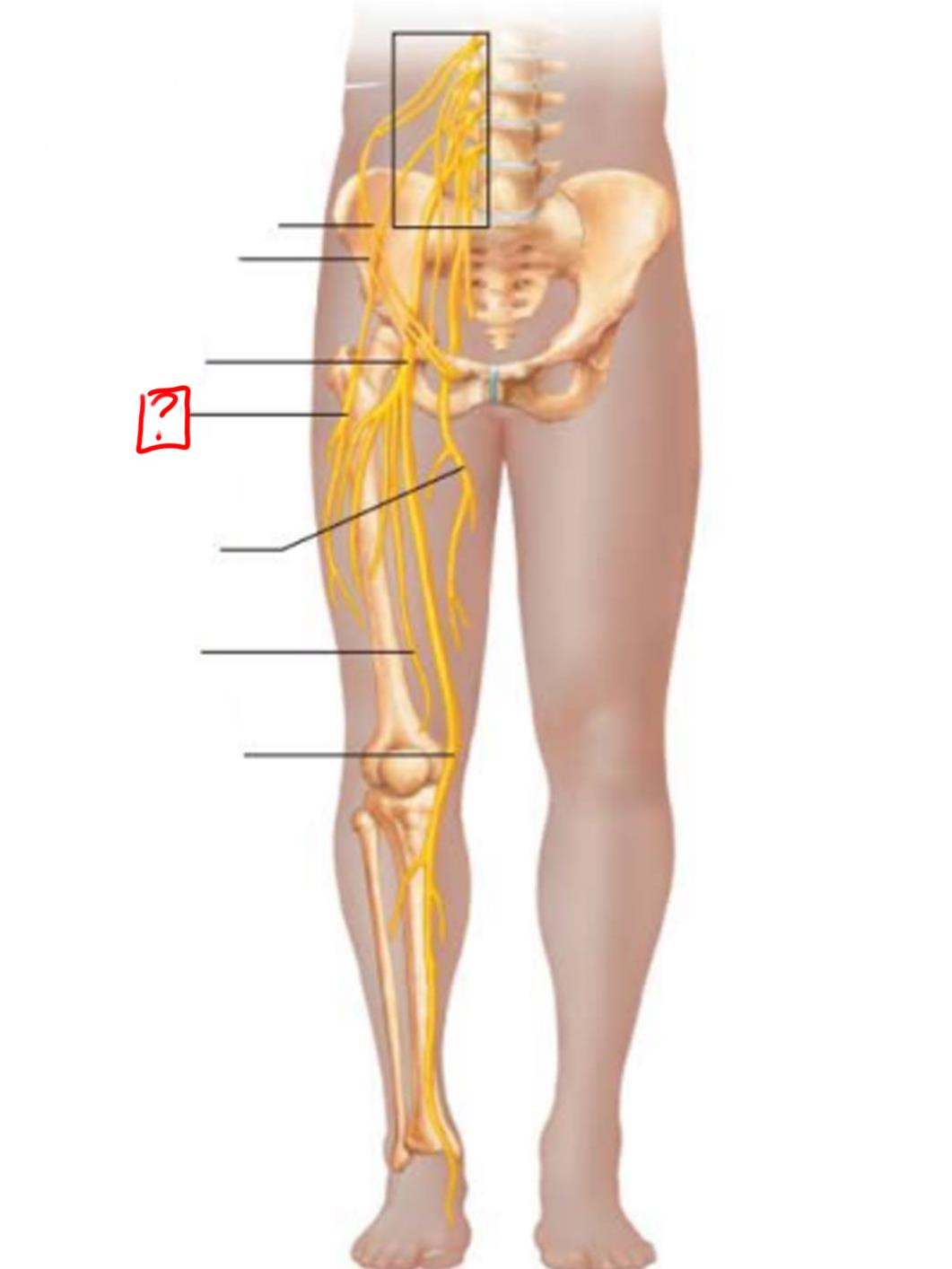
obturator
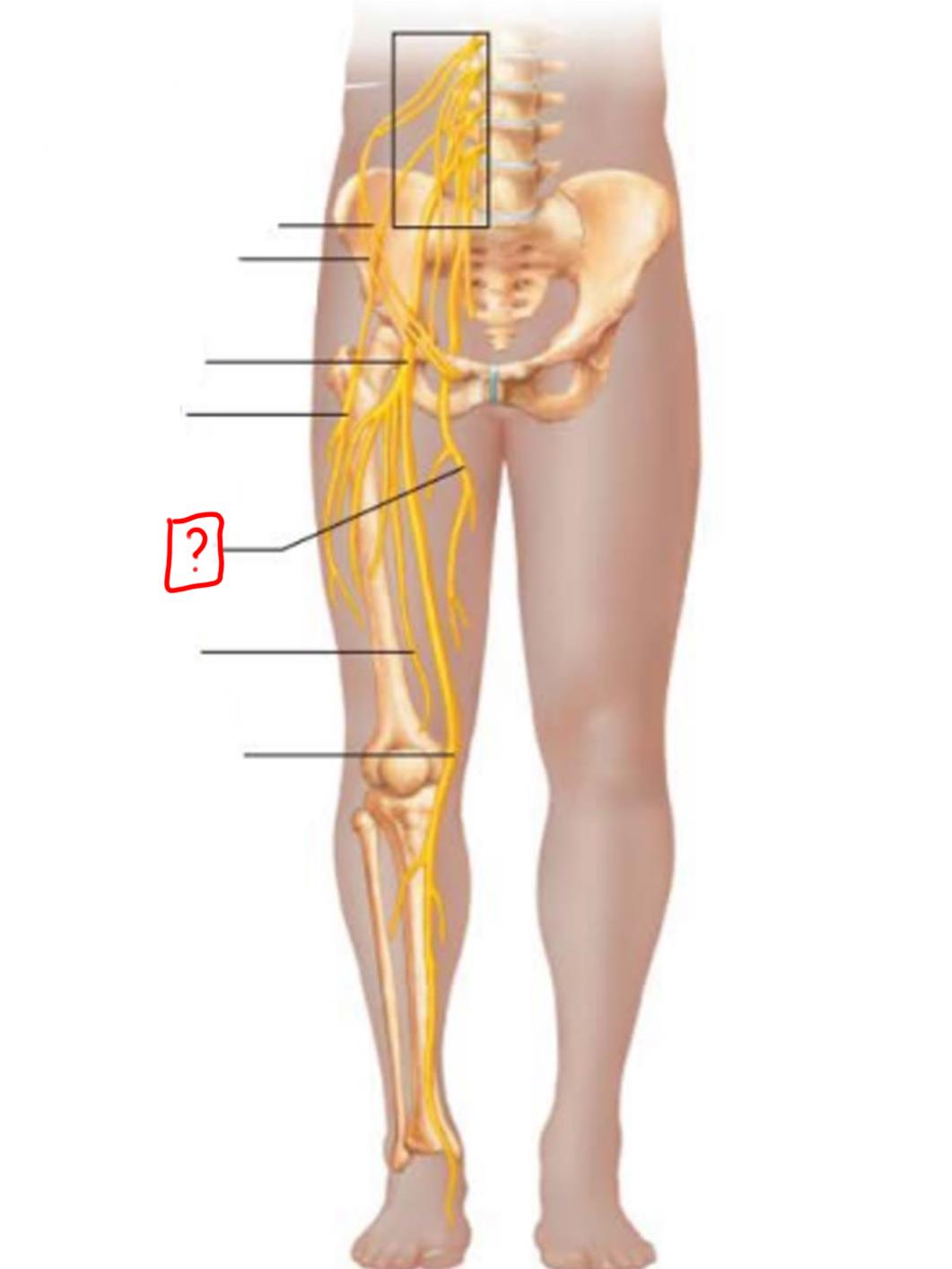
anterior femoral cutaneous
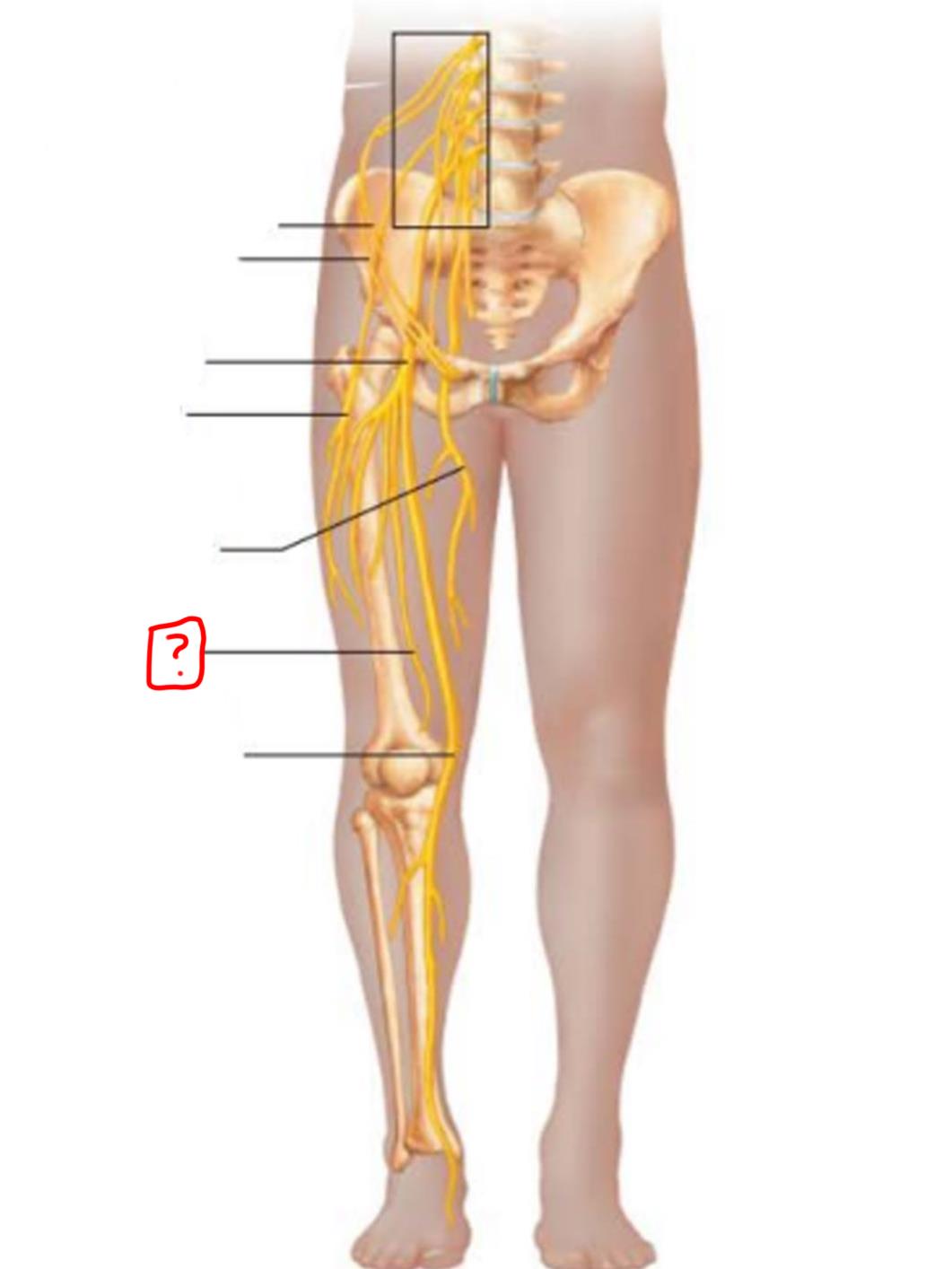
saphenous
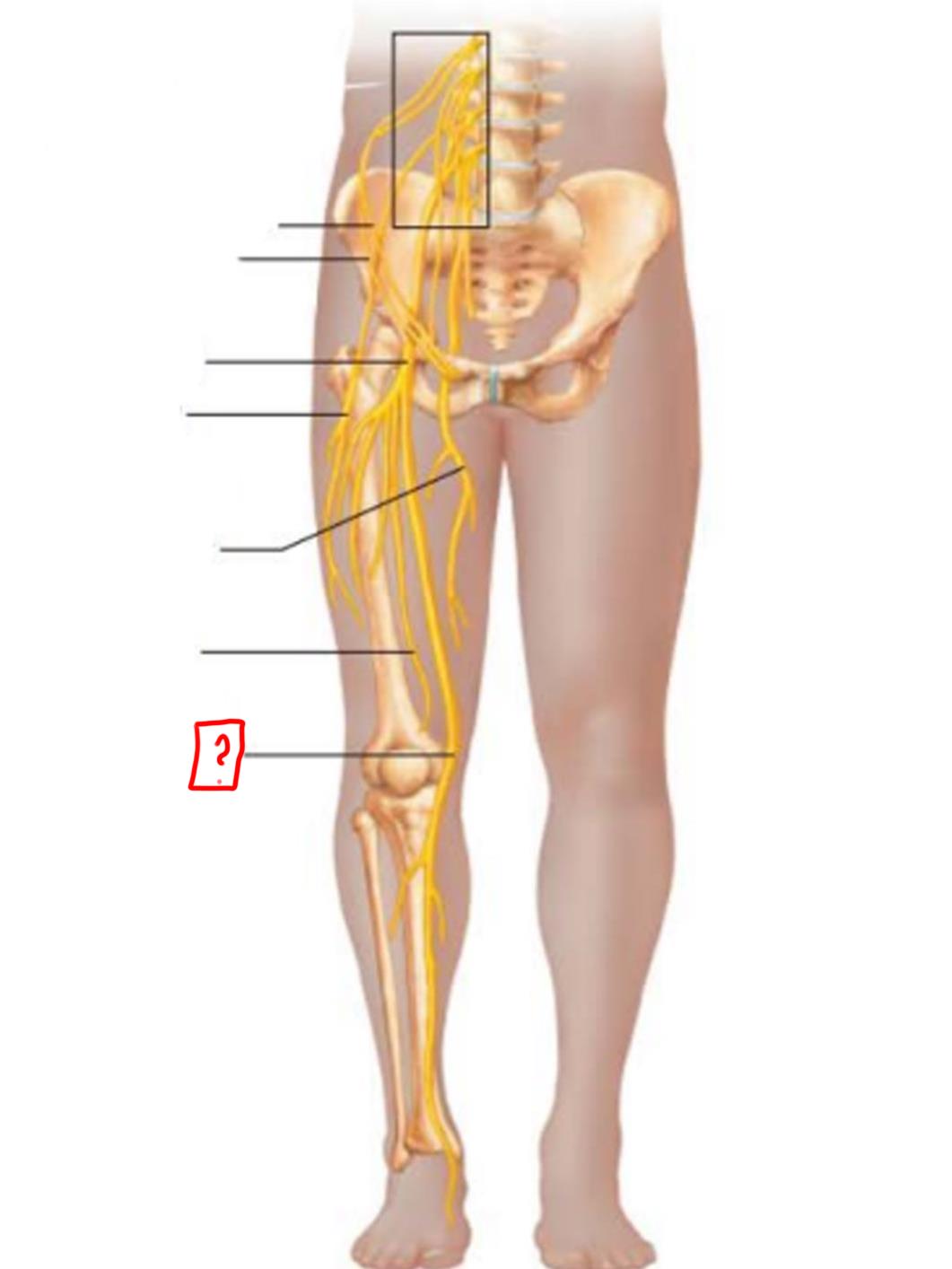
superior gluteal
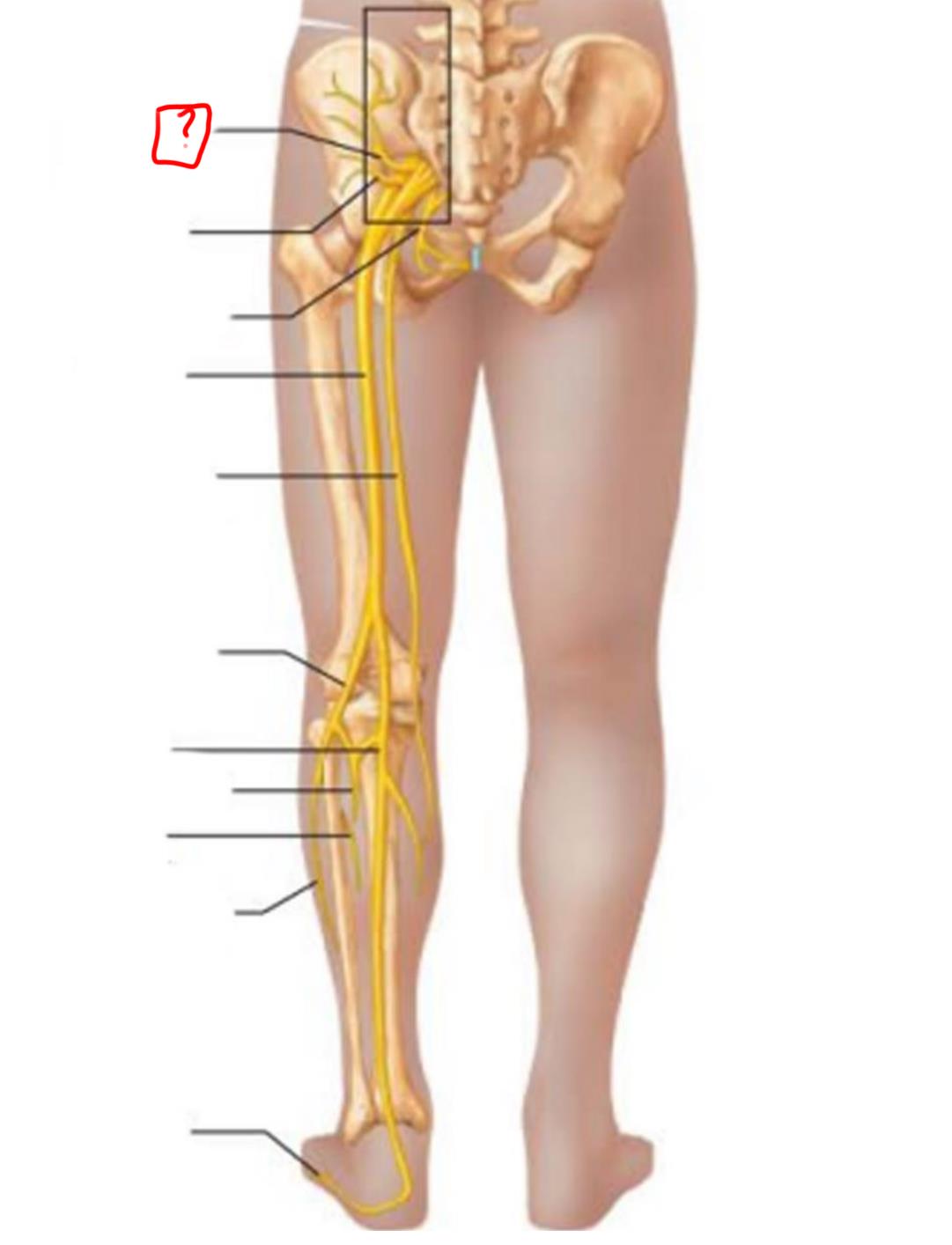
inferior gluteal
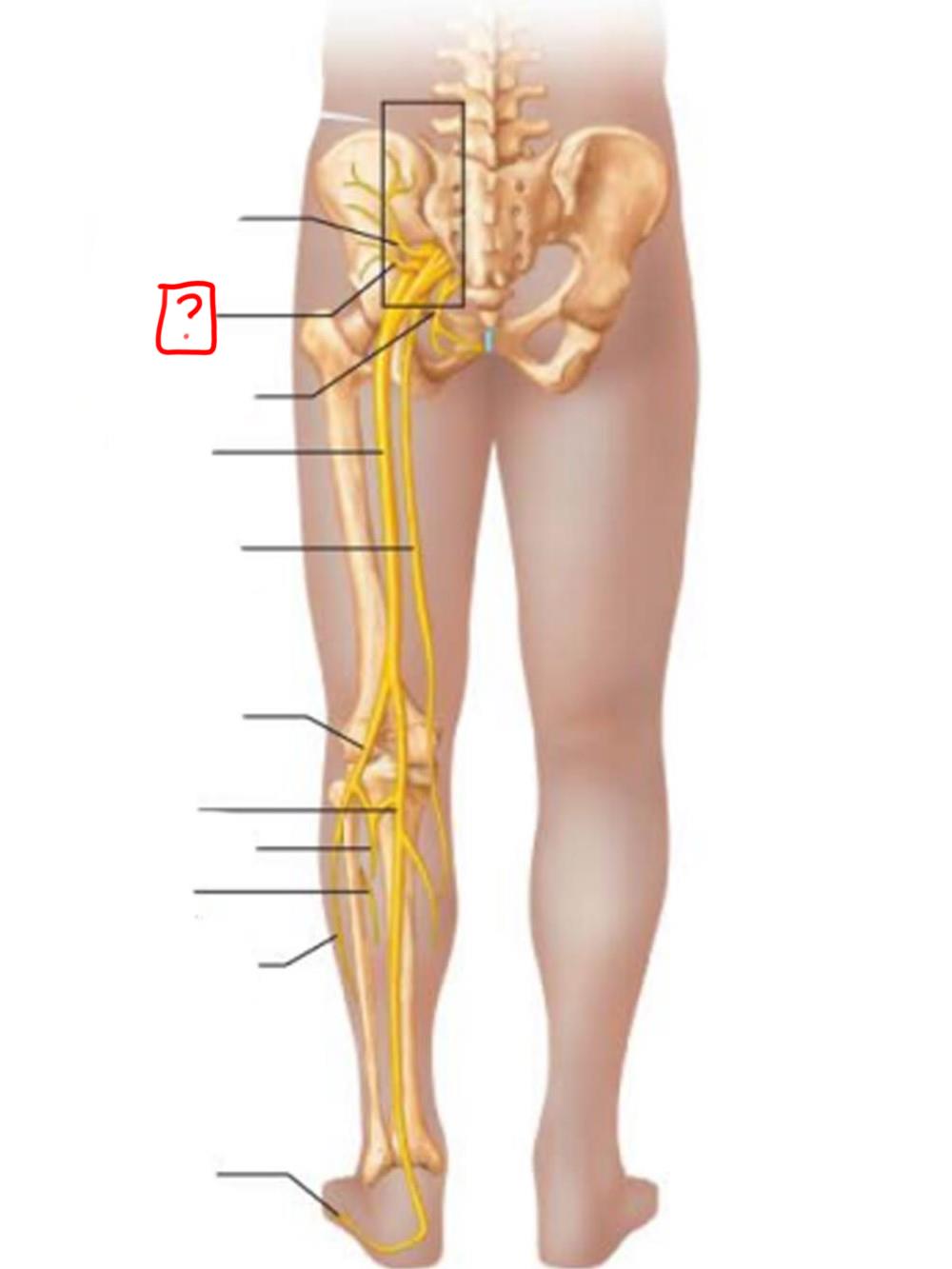
pudendal
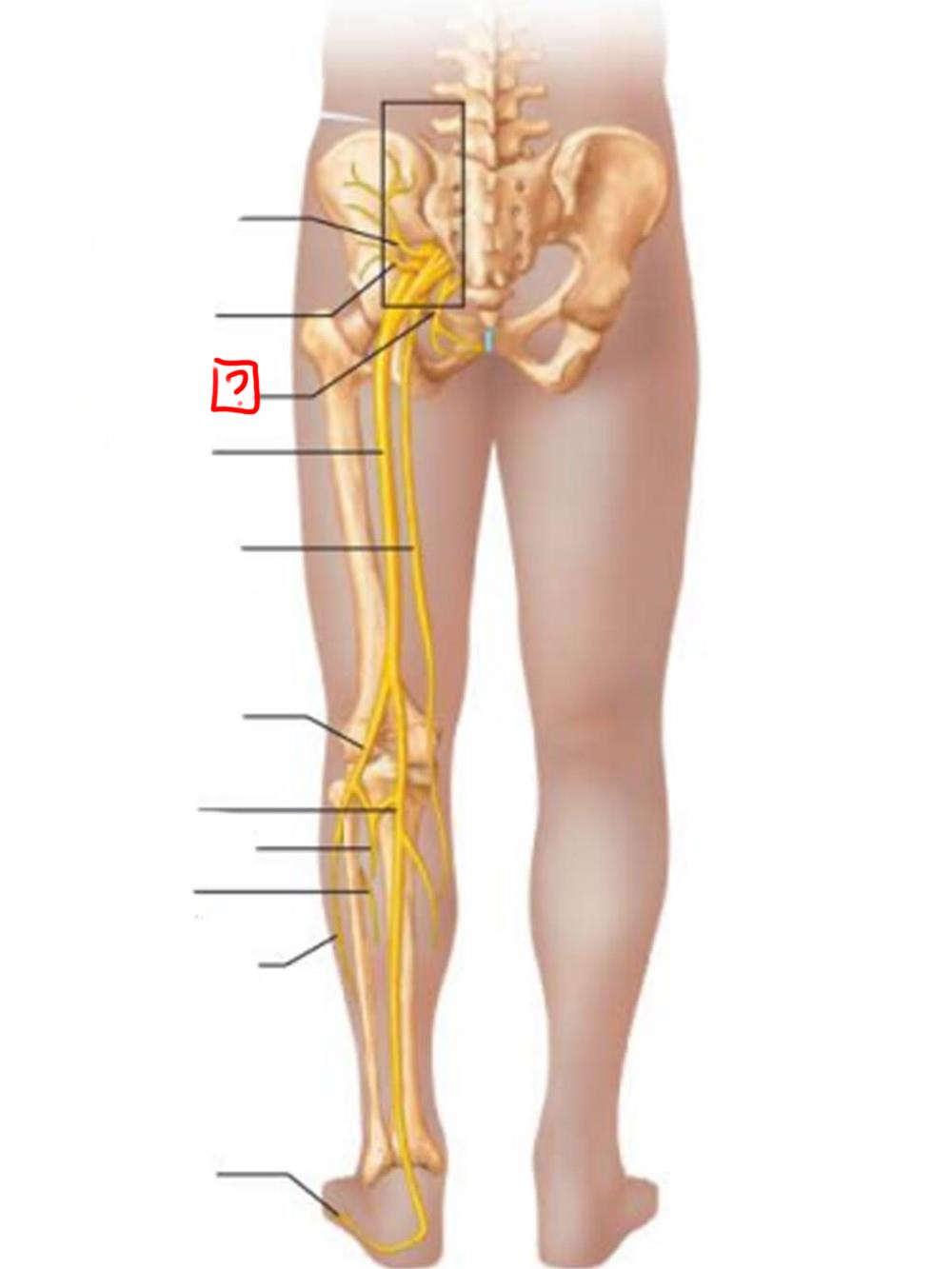
sciatic

posterior femoral cutaneous
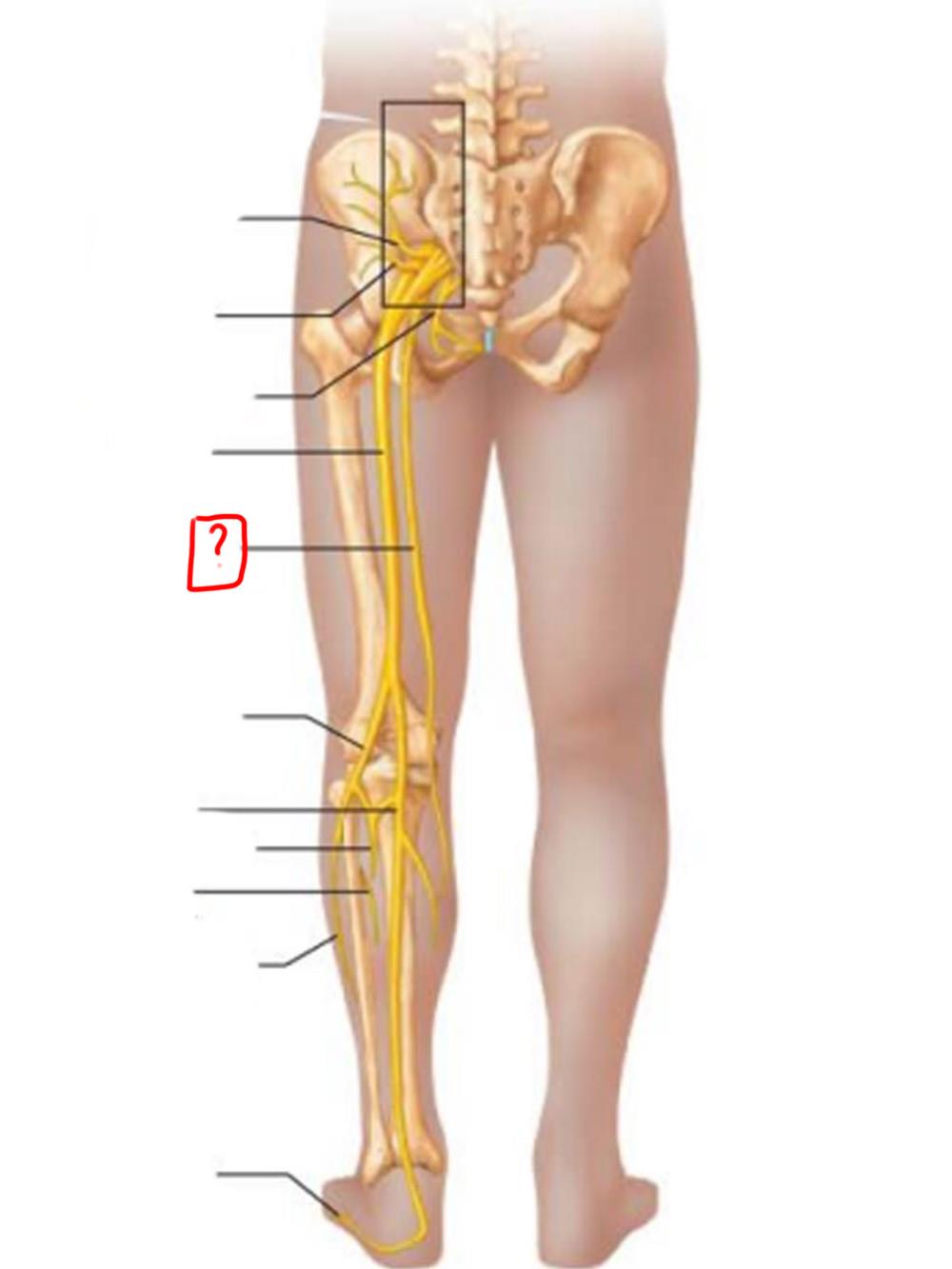
common fibular
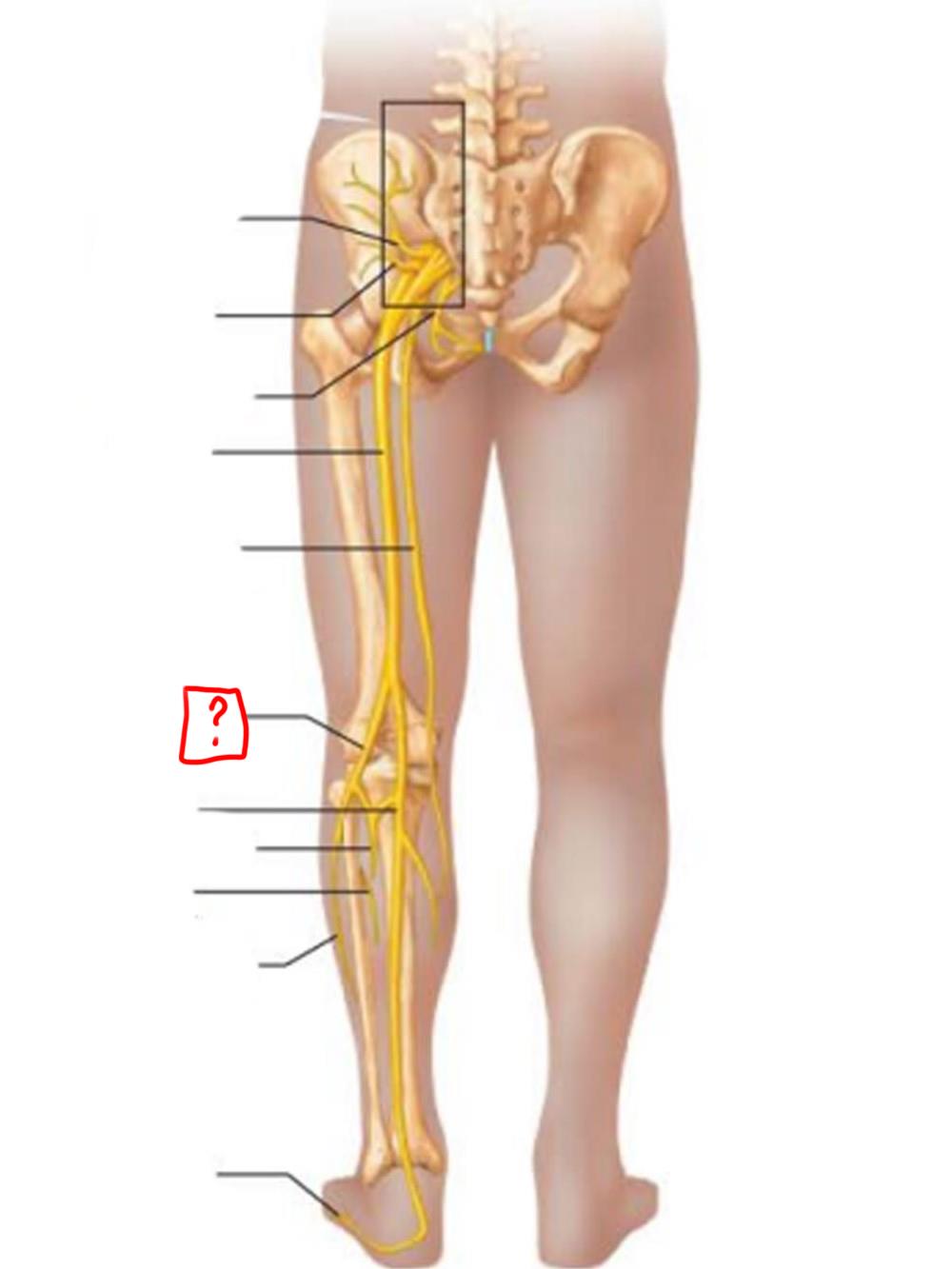
tibial nerve
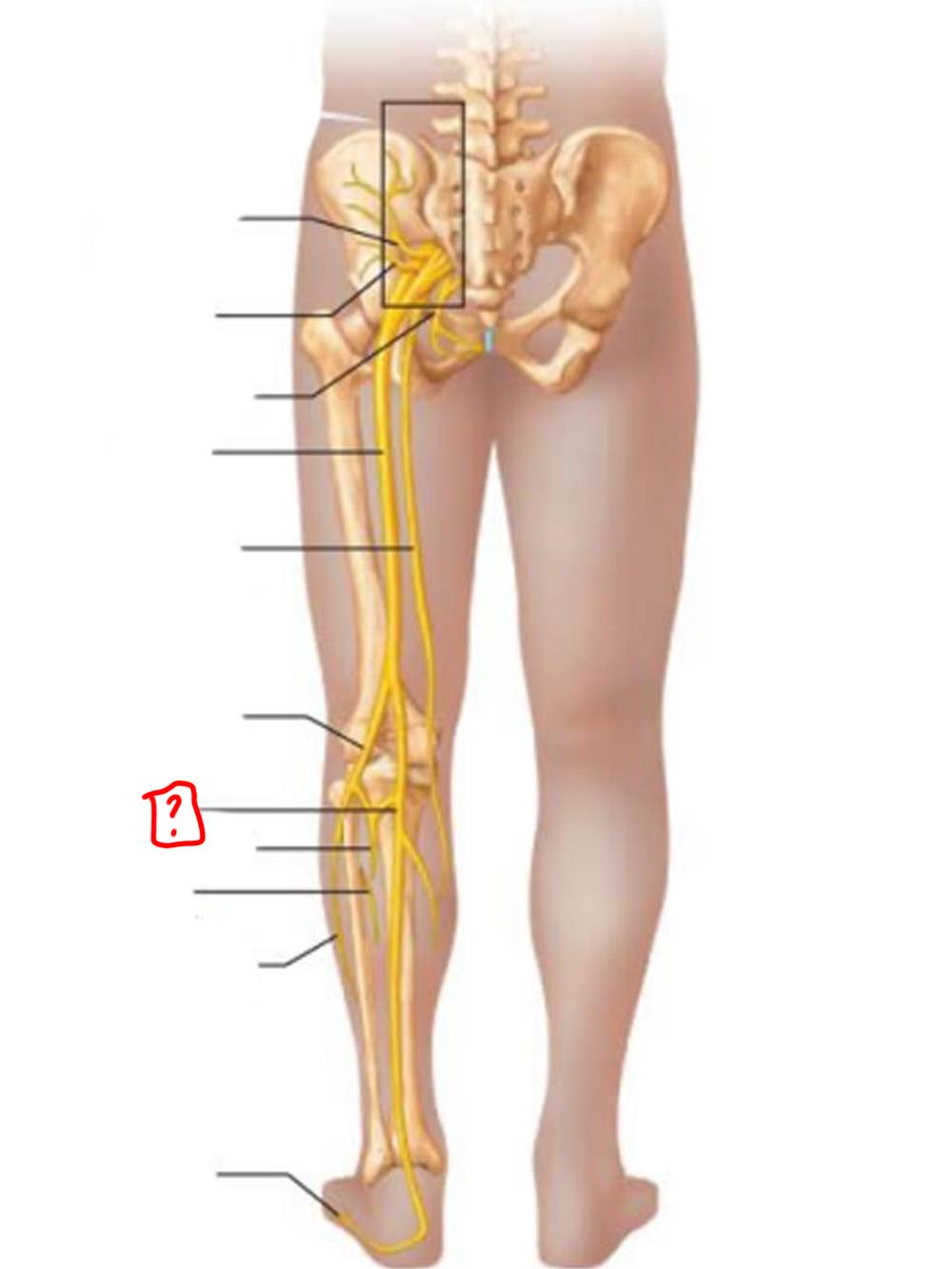
sural (cut)
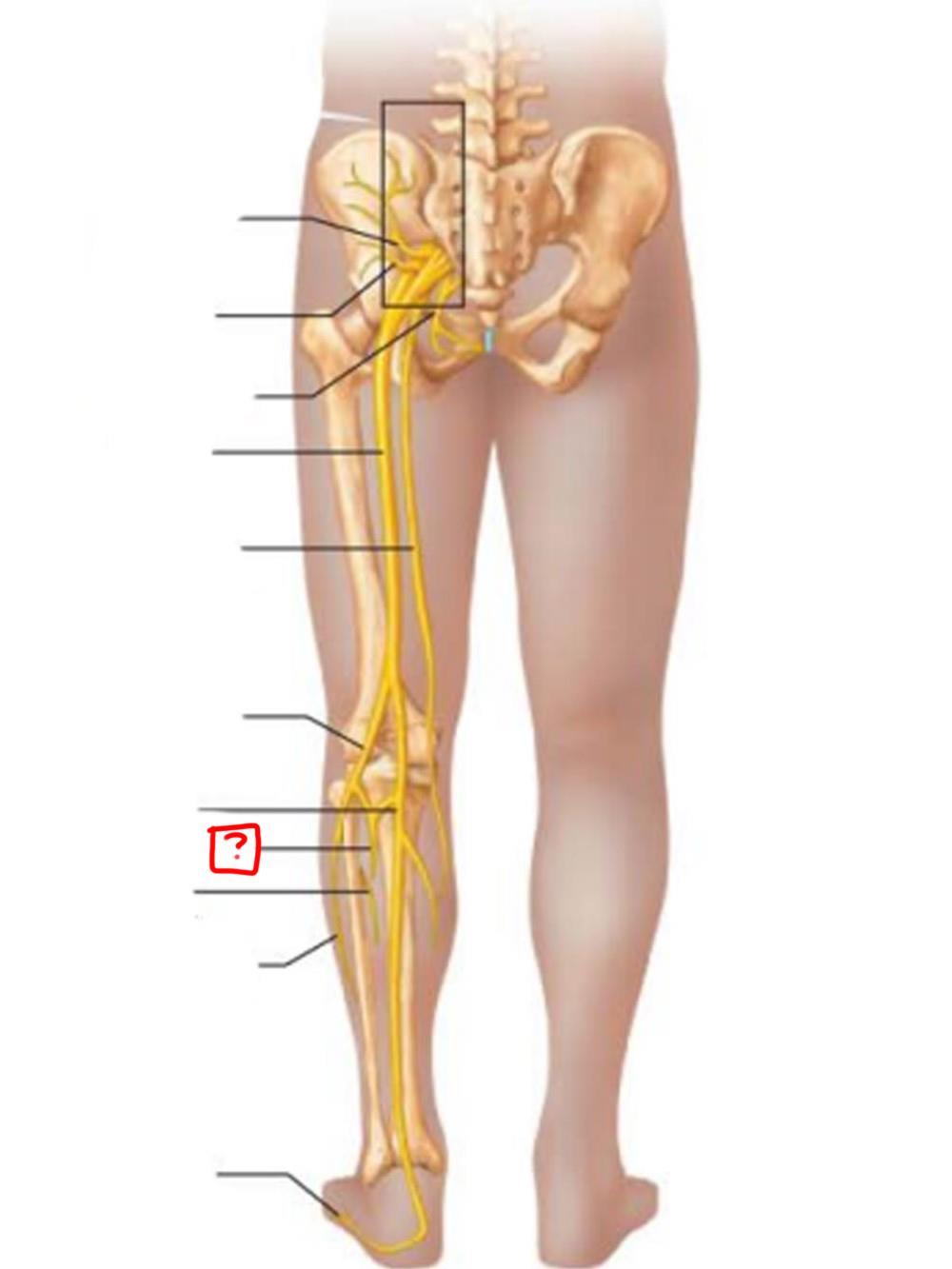
deep fibular
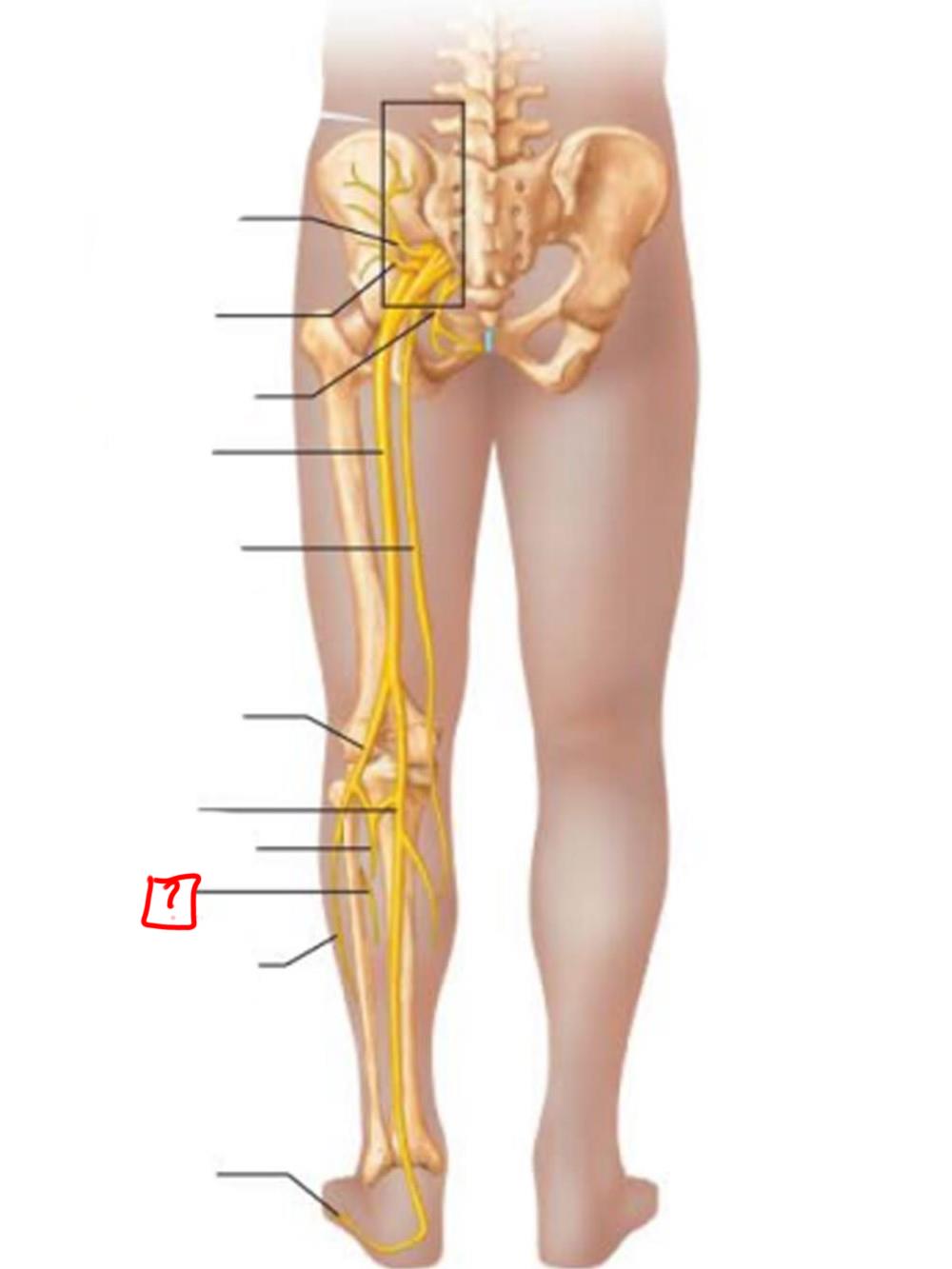
superficial fibular
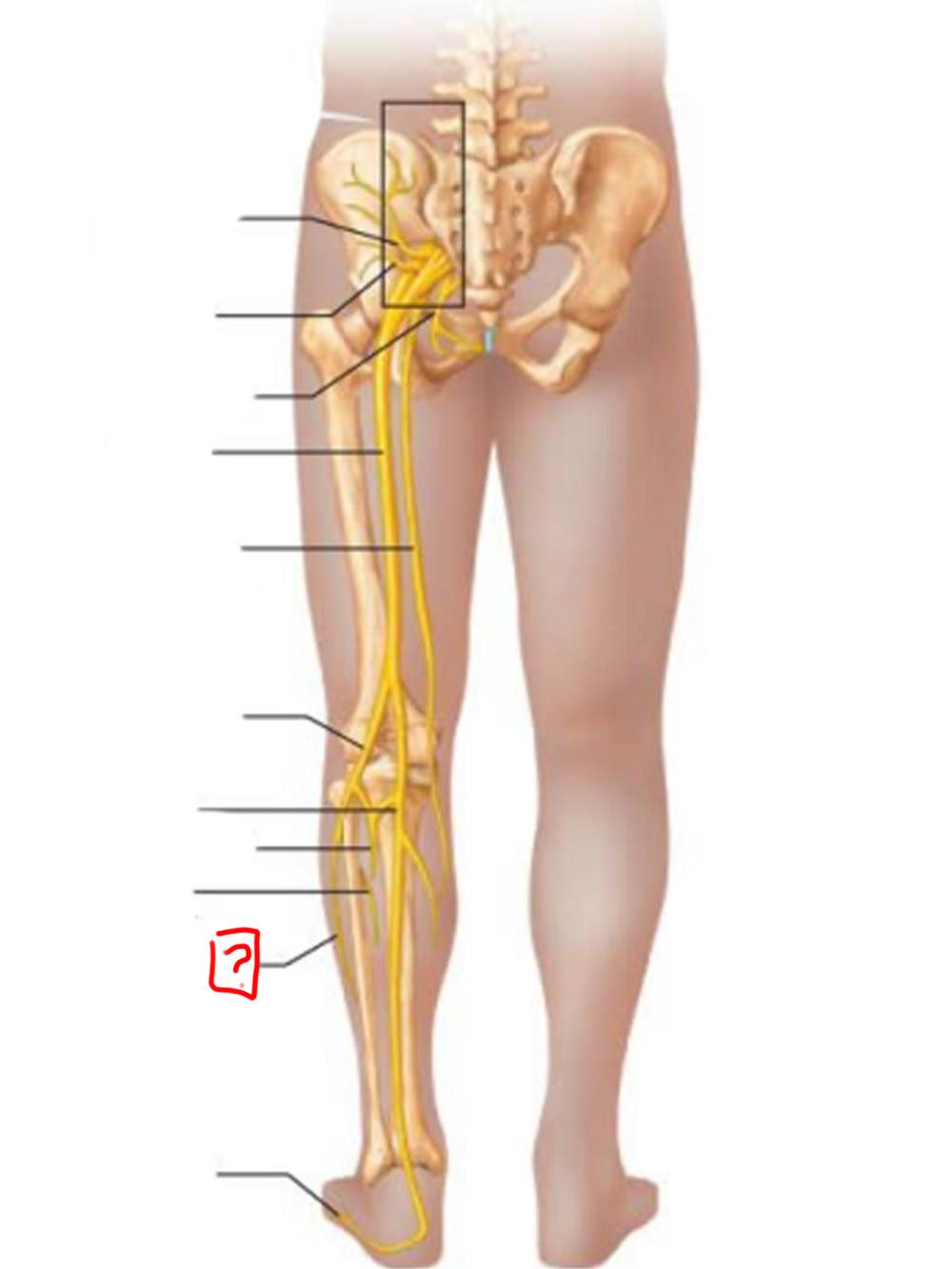
plantar branches
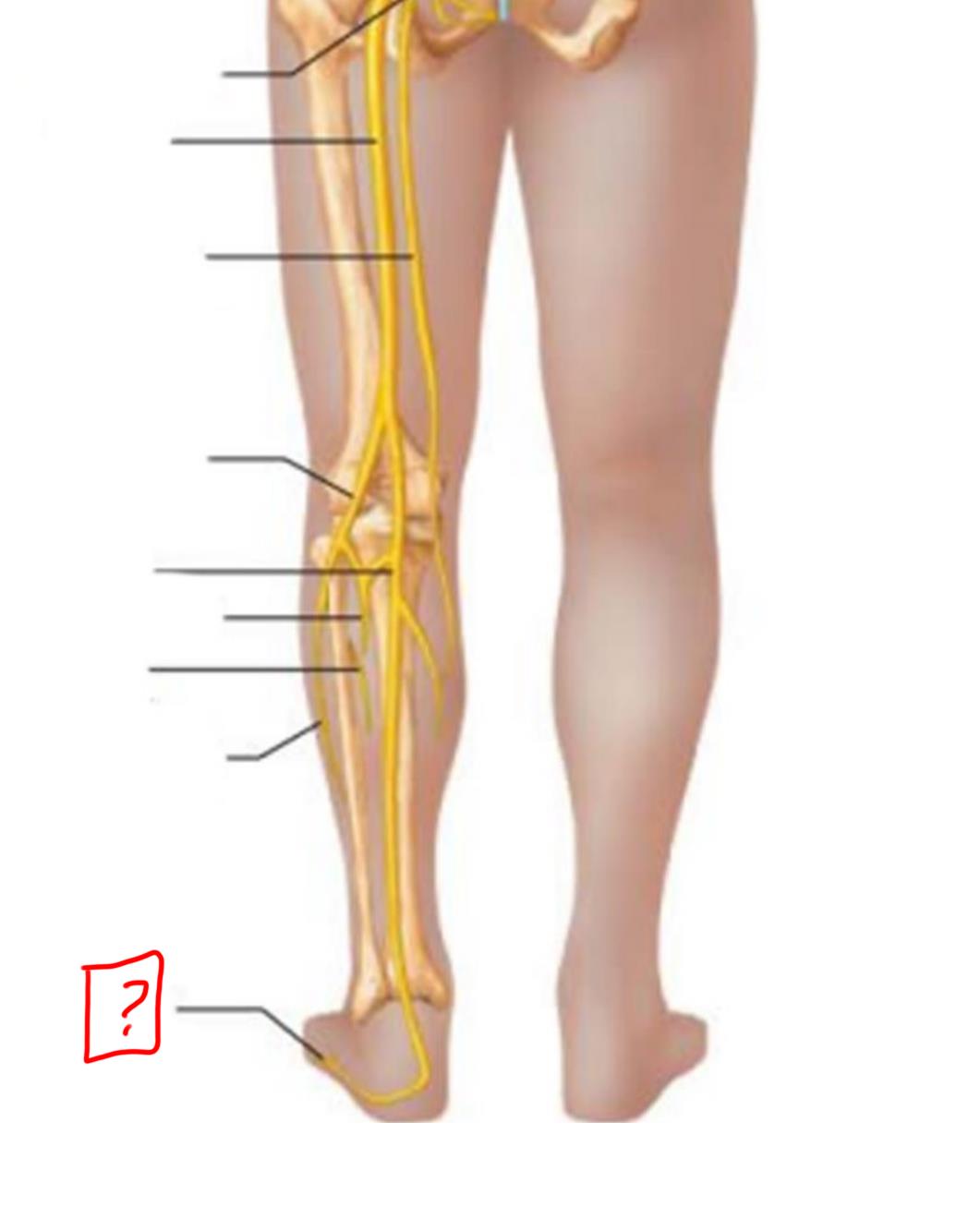
superior gluteal
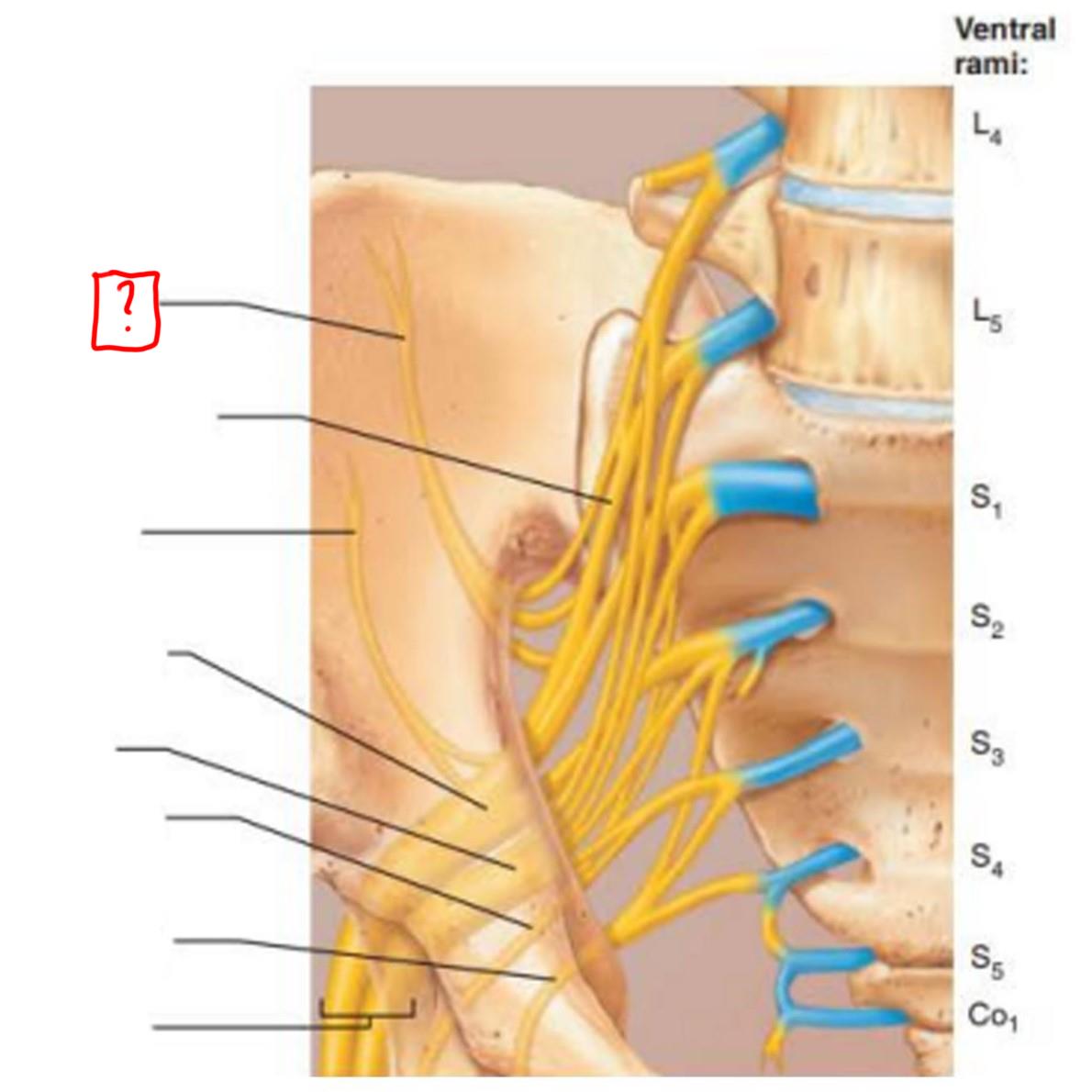
lumbosacral trunk

inferior gluteal
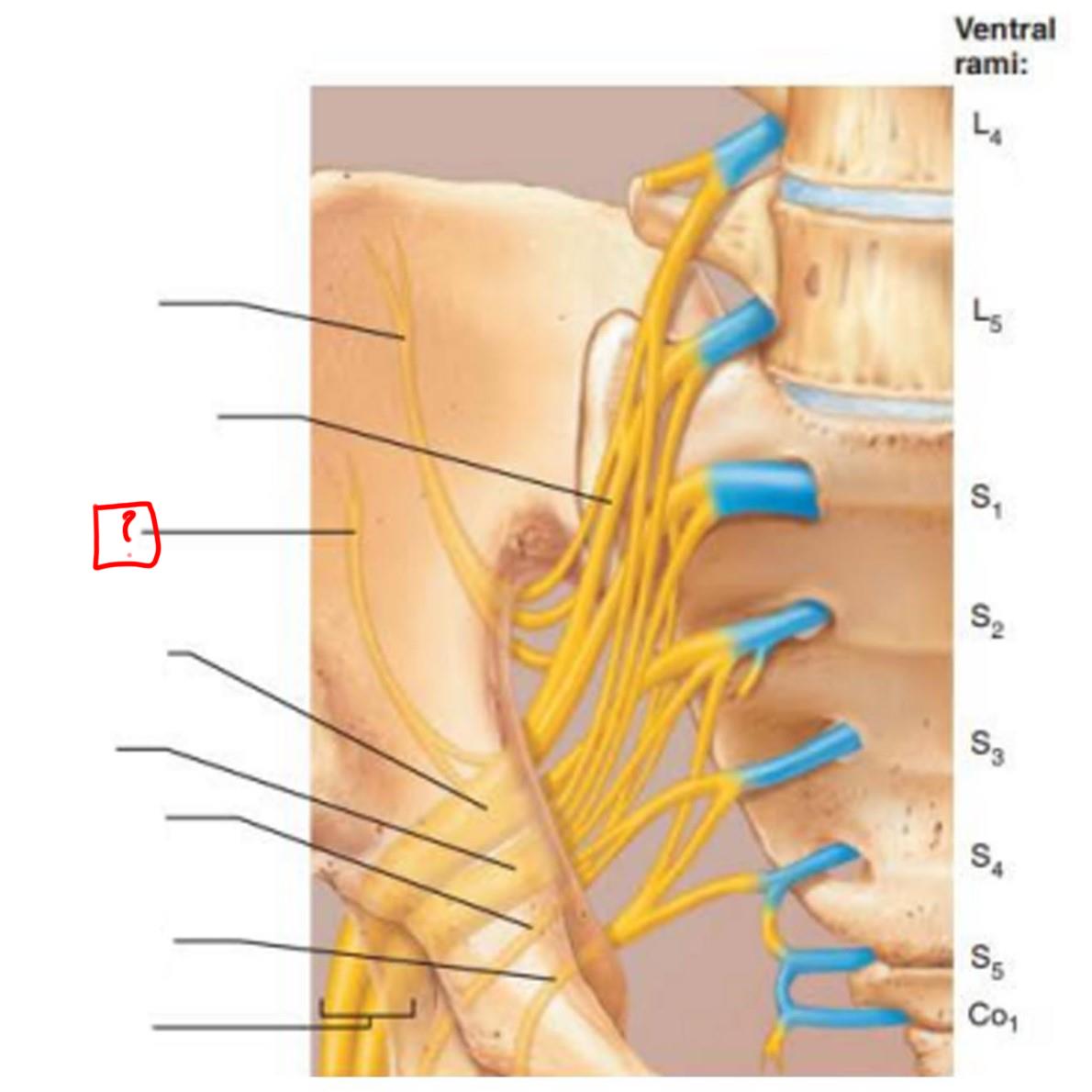
common fibular

tibial
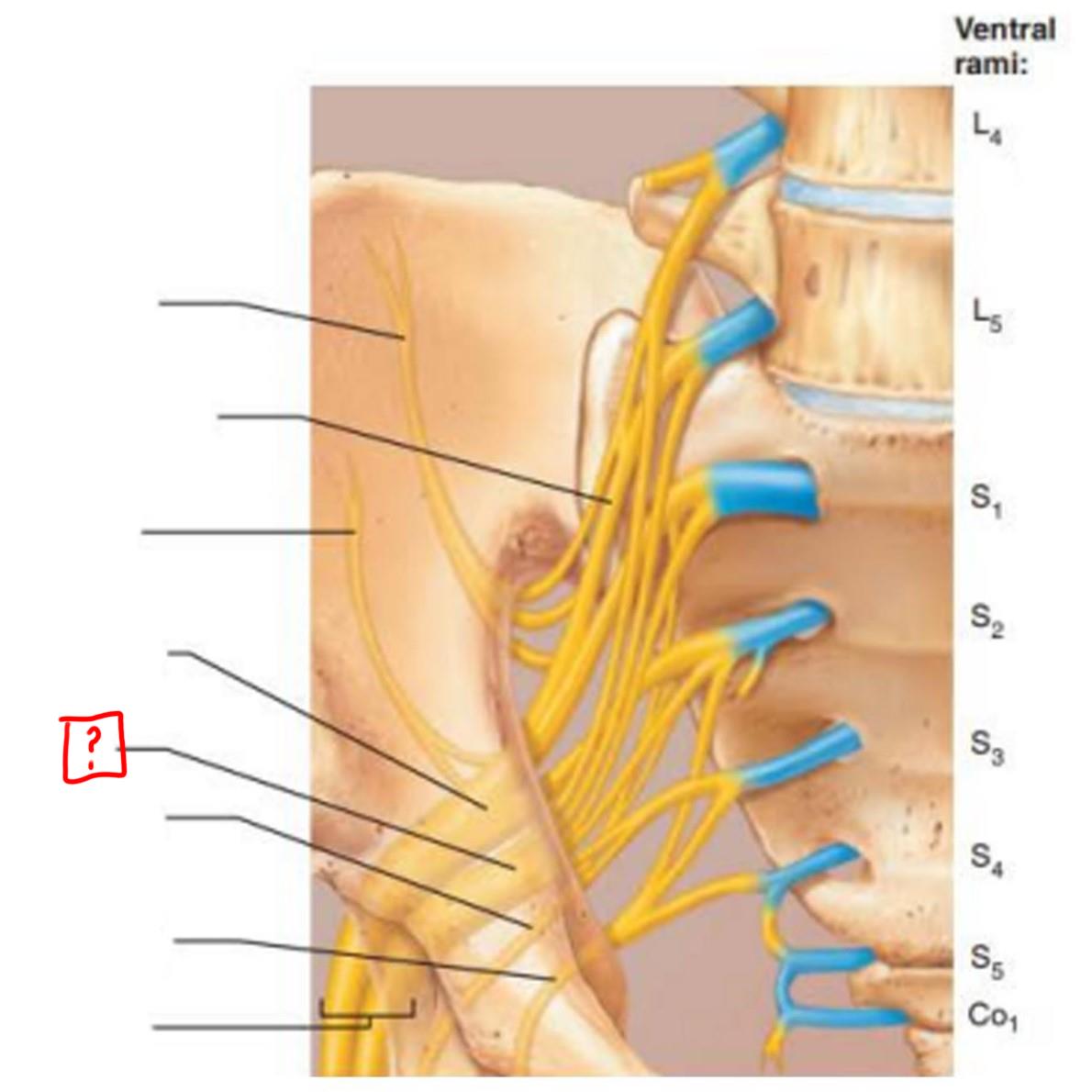
posterior femoral cutaneous
